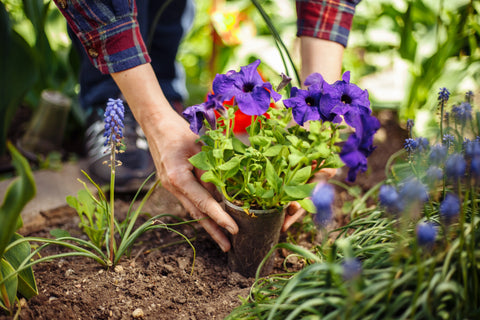Cat Palm, Live Tropical Plant Indoor
- Regular price
-
$34.99 - Regular price
-
$39.99 - Sale price
-
$34.99
FAST-RELIABLE SHIPPING NATIONWIDE
30-DAYS SATISFACTION GUARANTEE
EASY RETURN POLICY
LIFE-TIME SUPPORT
PLEASE NOTE: ORDERS FROM THE WEST COAST PLACED AFTER MONDAY WILL SHIP THE FOLLOWING MONDAY.
Couldn't load pickup availability
Questions? Call our plant experts: +305-234-9588


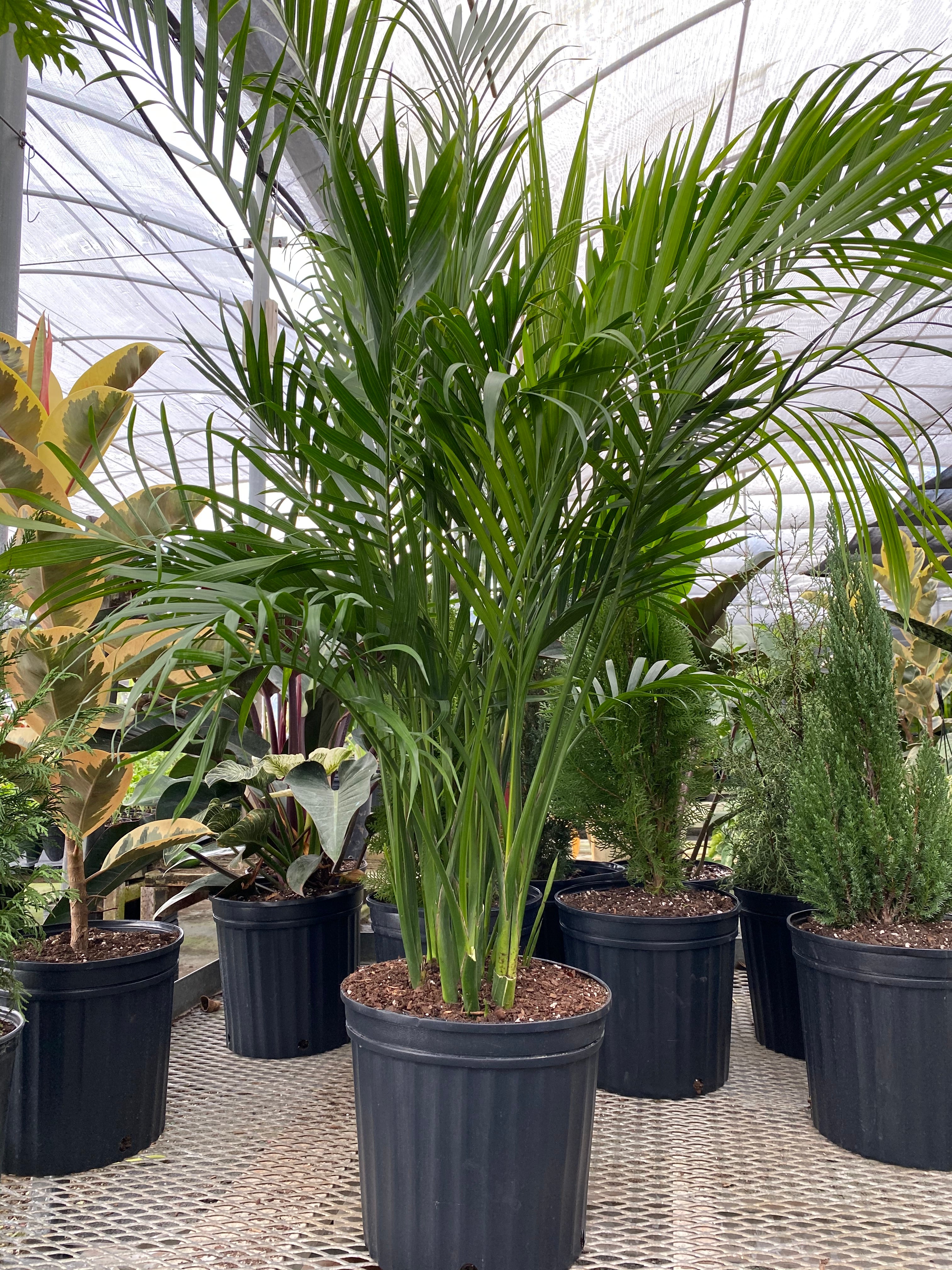
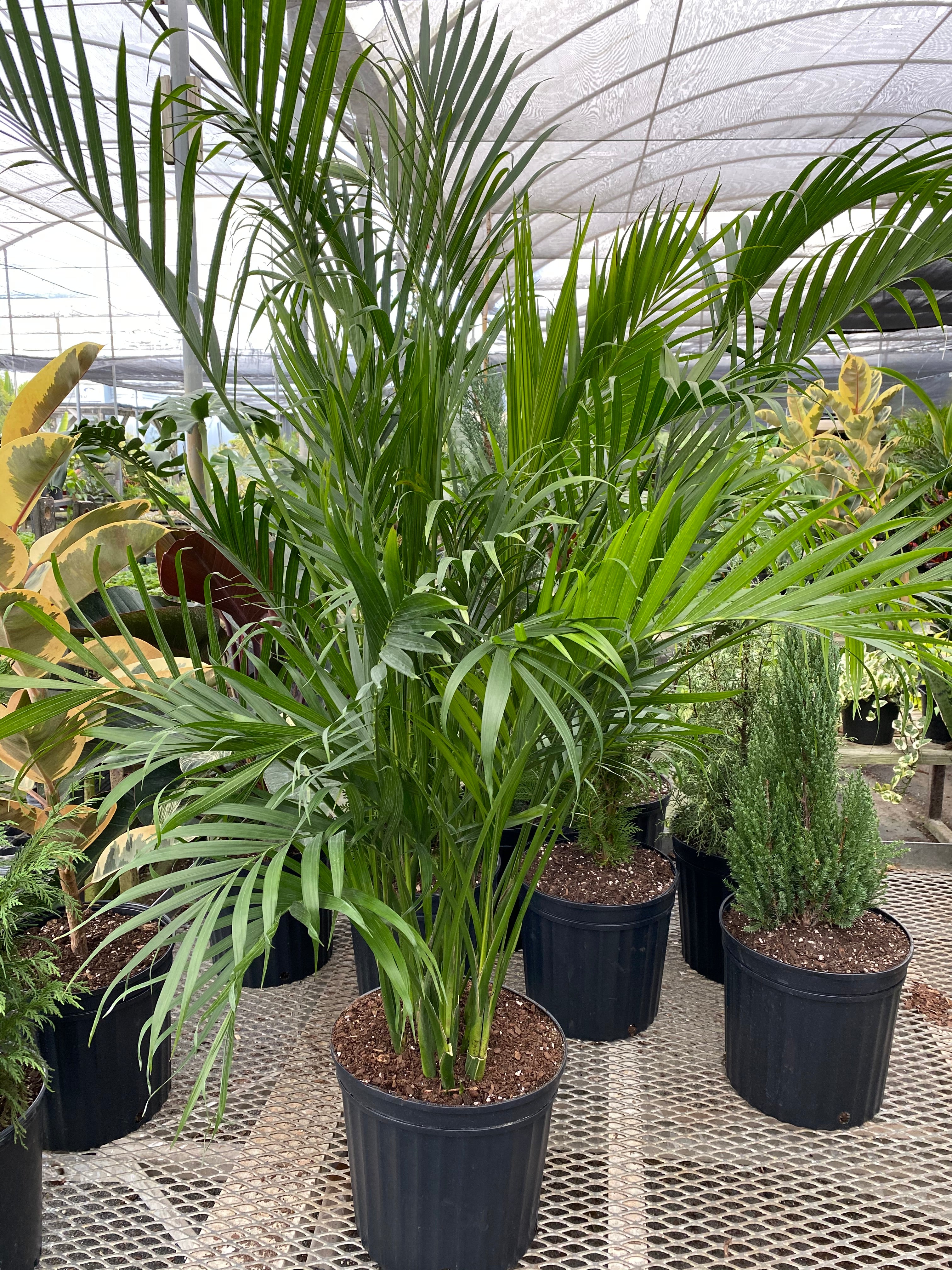
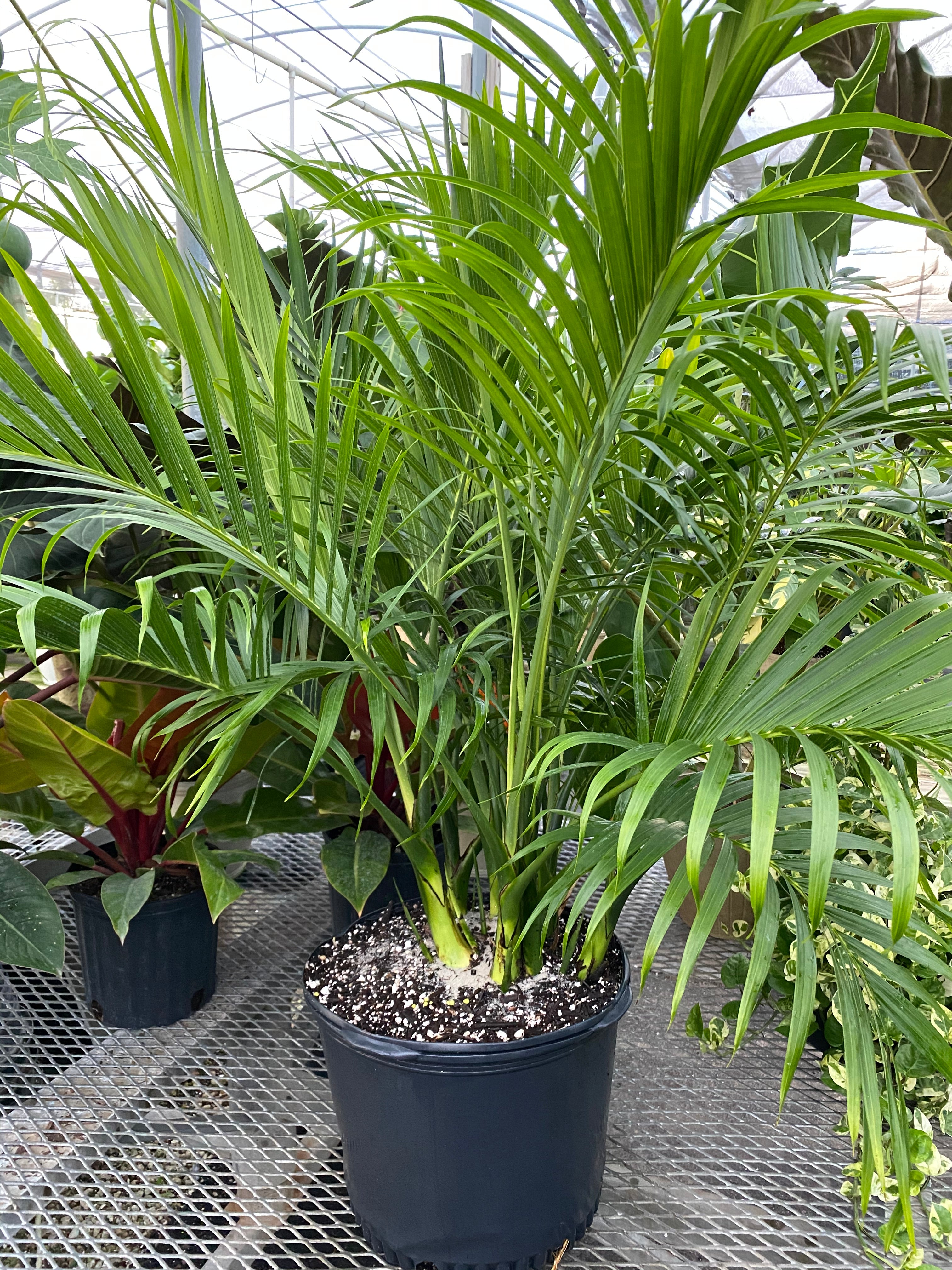
Featured Collection - Tree Forms


- Regular price
-
$34.99 $699.95 - Regular price
-
$34.99 - Sale price
-
$34.99 $699.95
Quick view
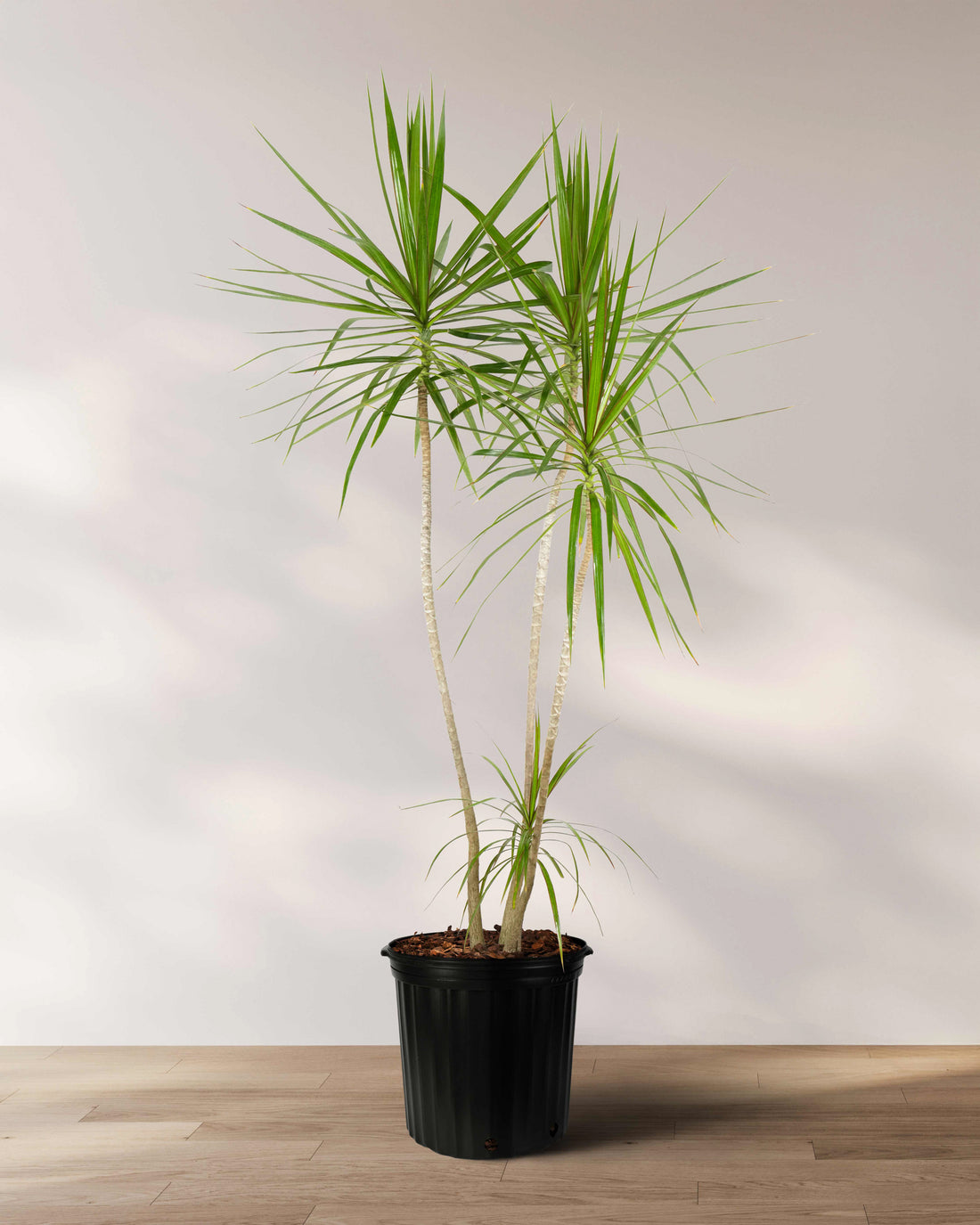
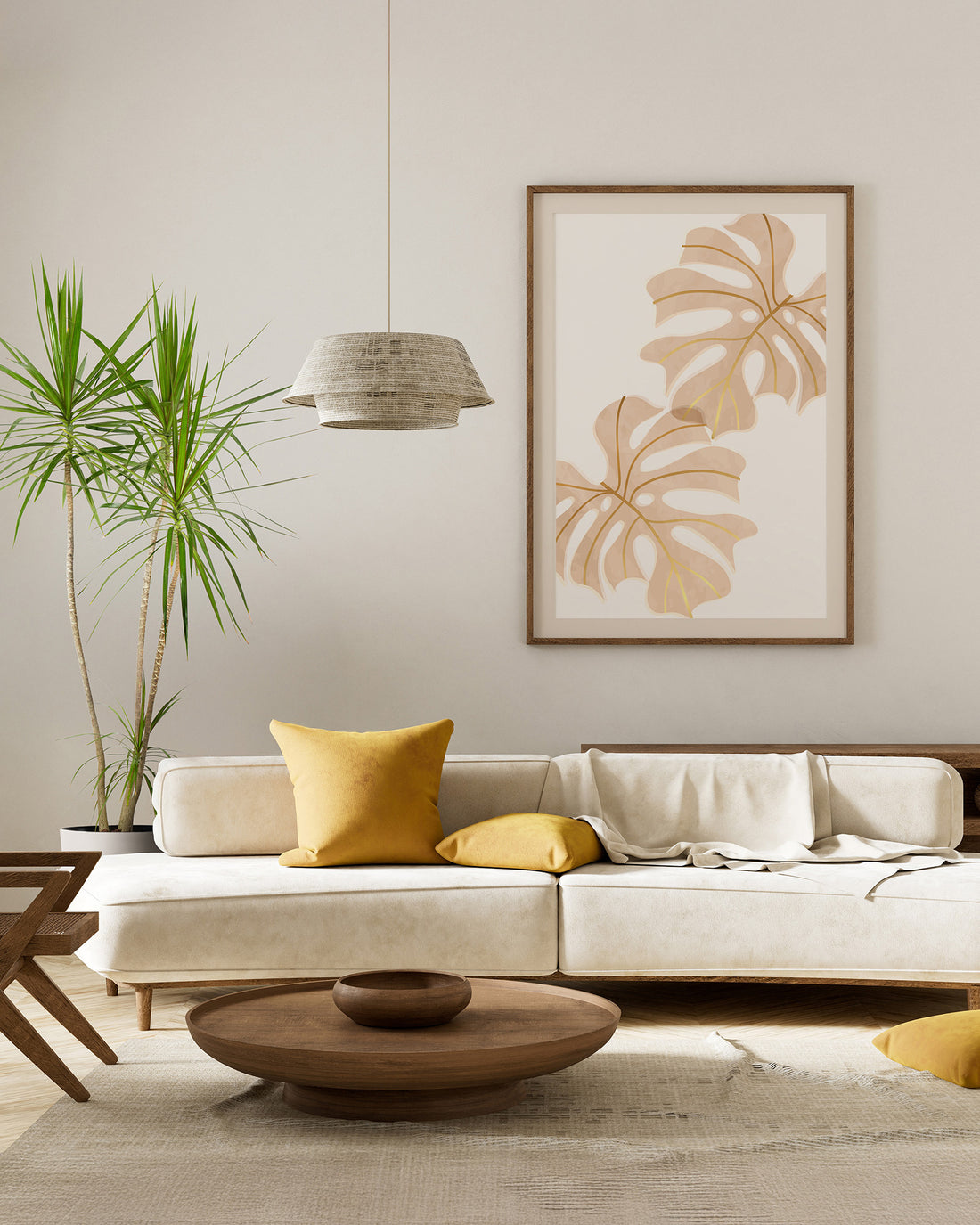
- Regular price
-
$69.75 $695.00 - Regular price
-
$69.00 - Sale price
-
$69.75 $695.00
Quick view
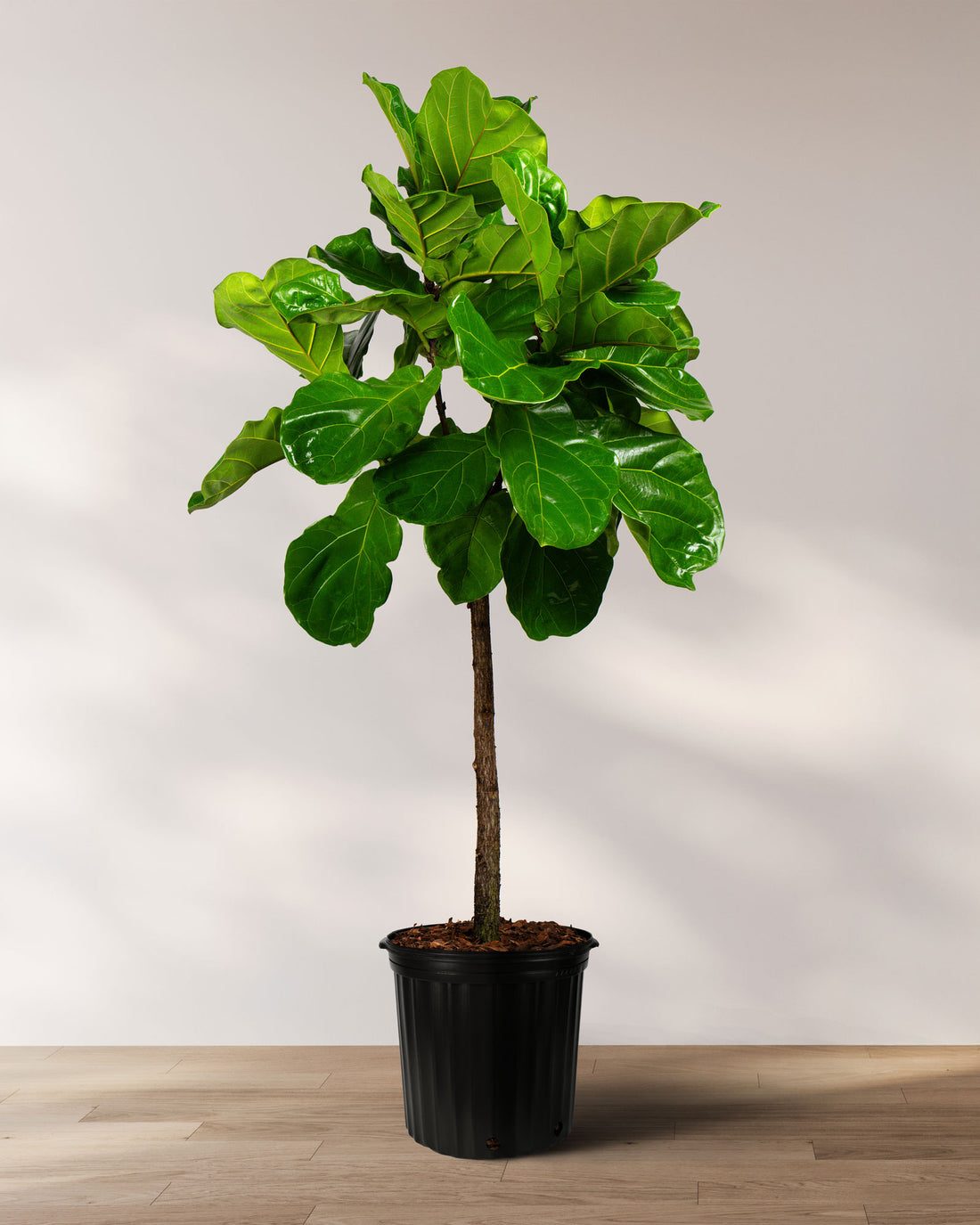
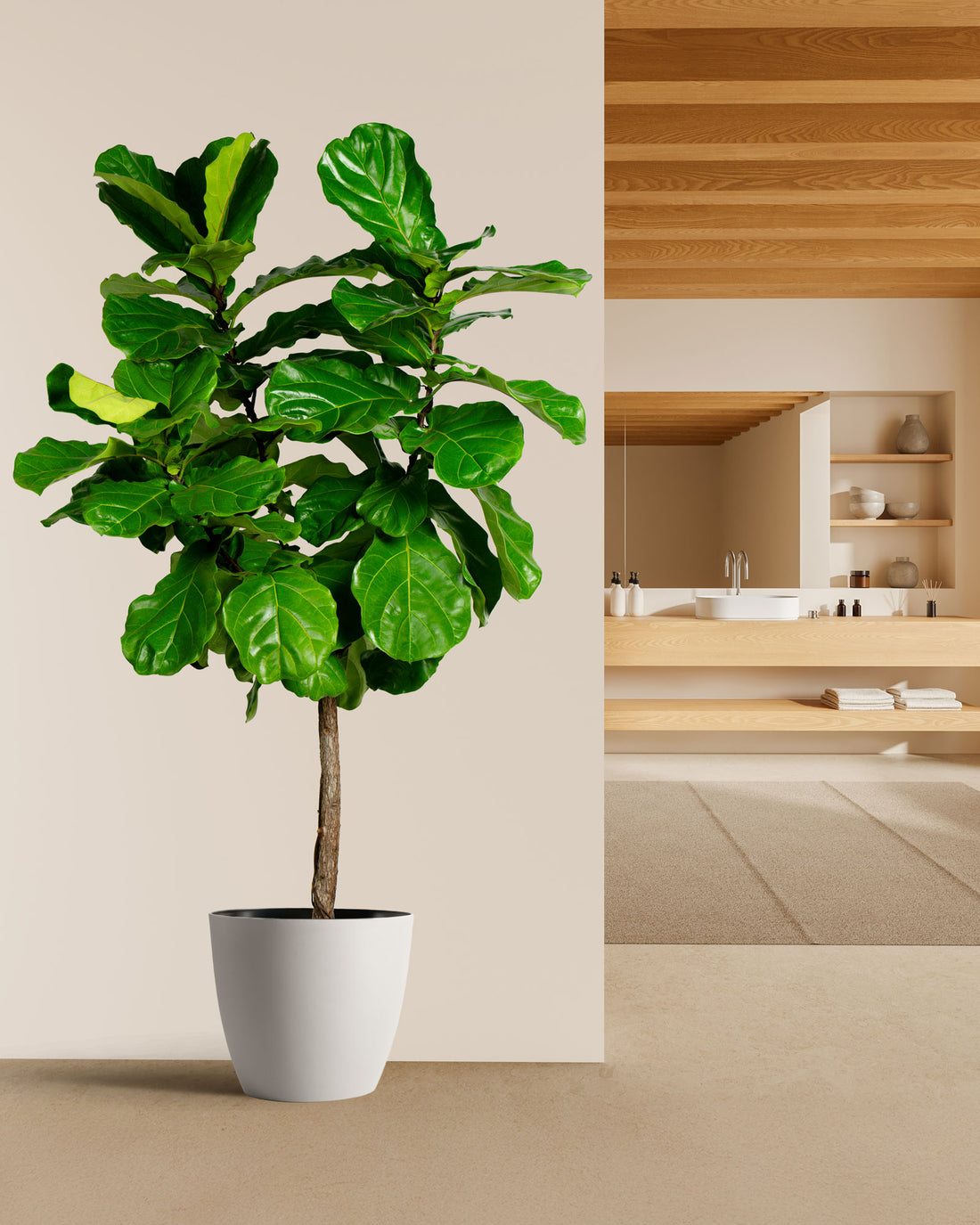
- Regular price
-
From
$59.95 - Regular price
-
$69.95 - Sale price
-
From
$59.95
Quick view
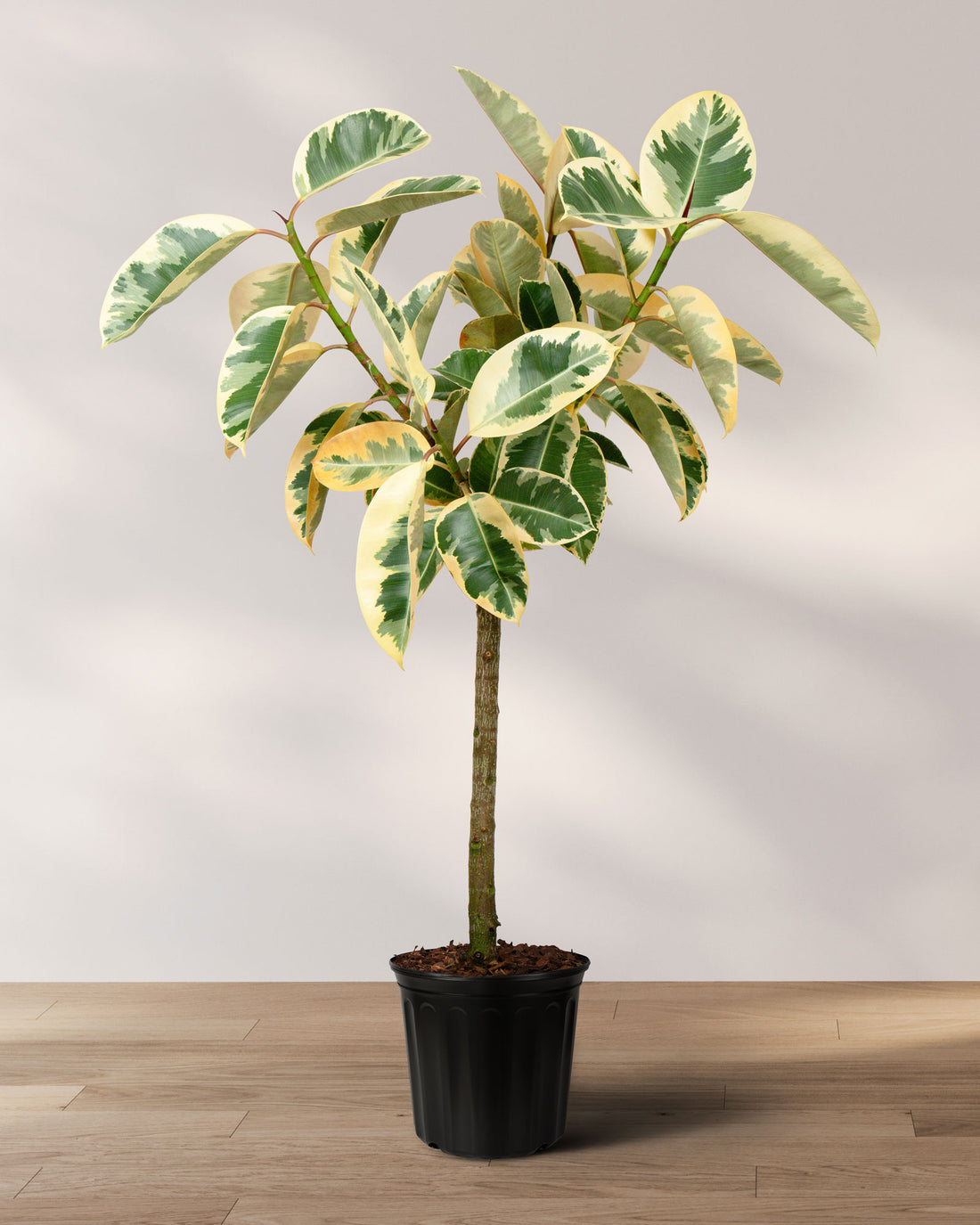

- Regular price
-
$39.99 $495.95 - Regular price
-
$39.97 - Sale price
-
$39.99 $495.95
Quick view


- Regular price
-
From
$129.95 - Regular price
-
$159.95 - Sale price
-
From
$129.95
Quick view
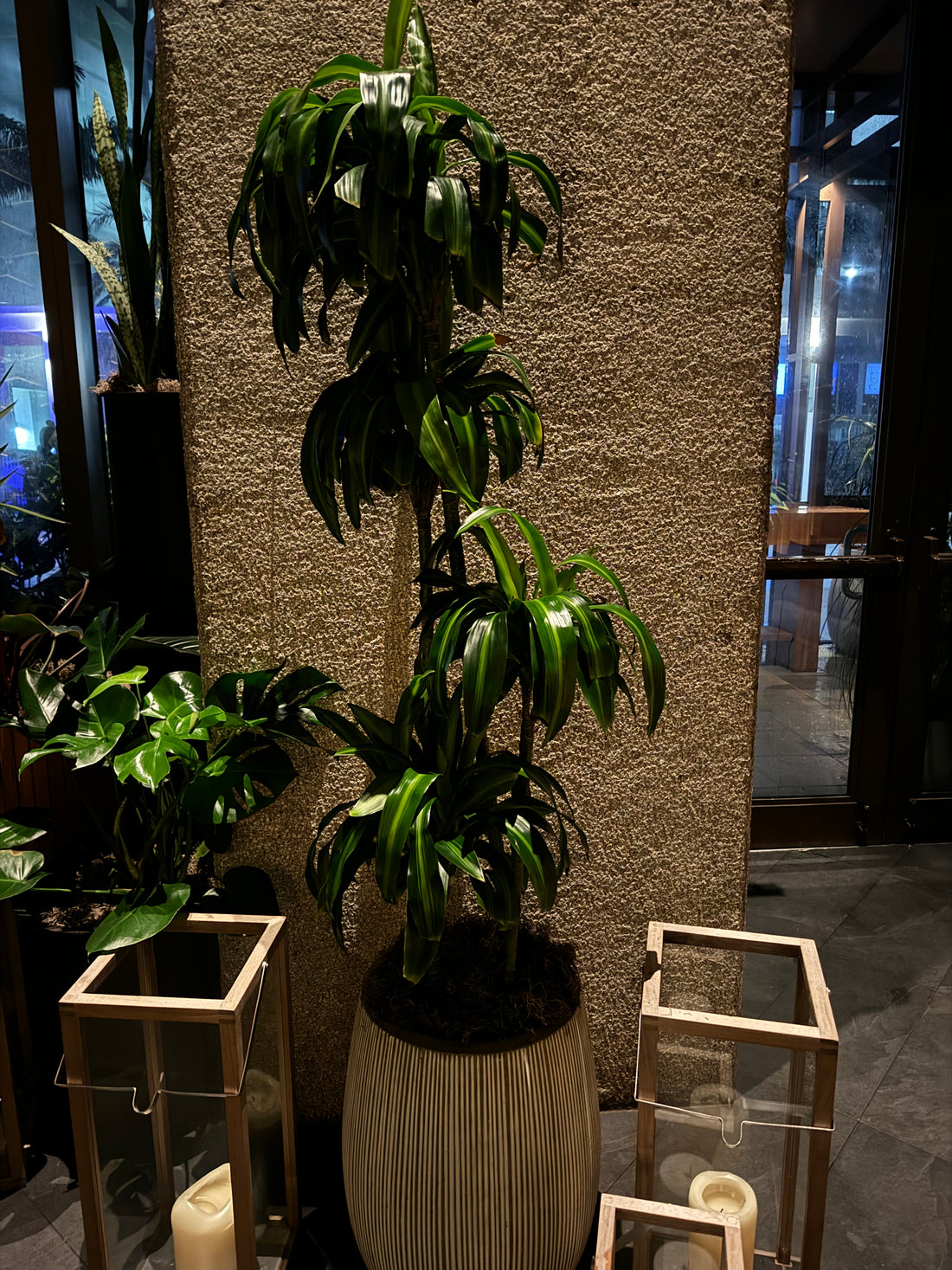
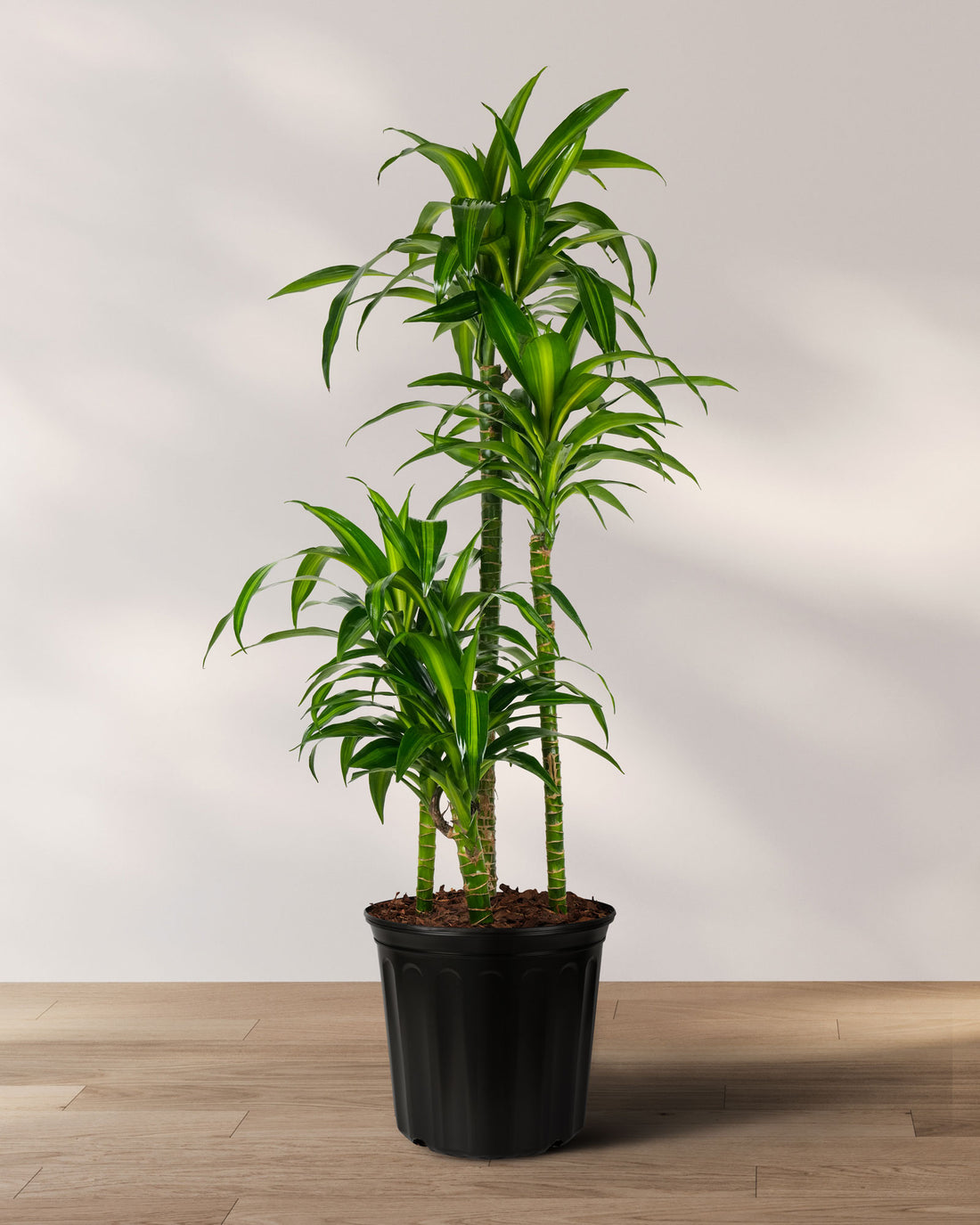
- Regular price
-
From
$39.98 - Regular price
-
$49.97 - Sale price
-
From
$39.98
Quick view
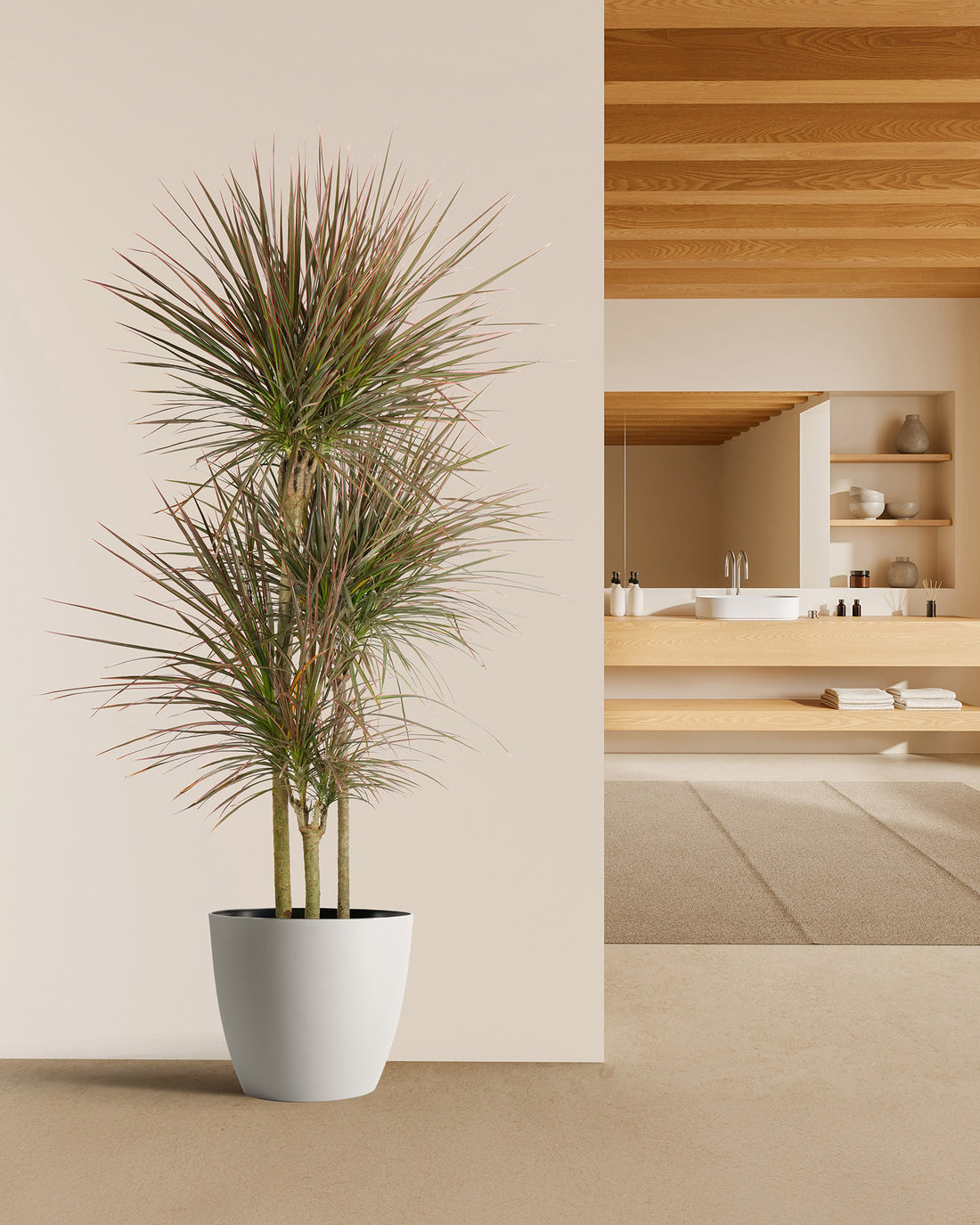
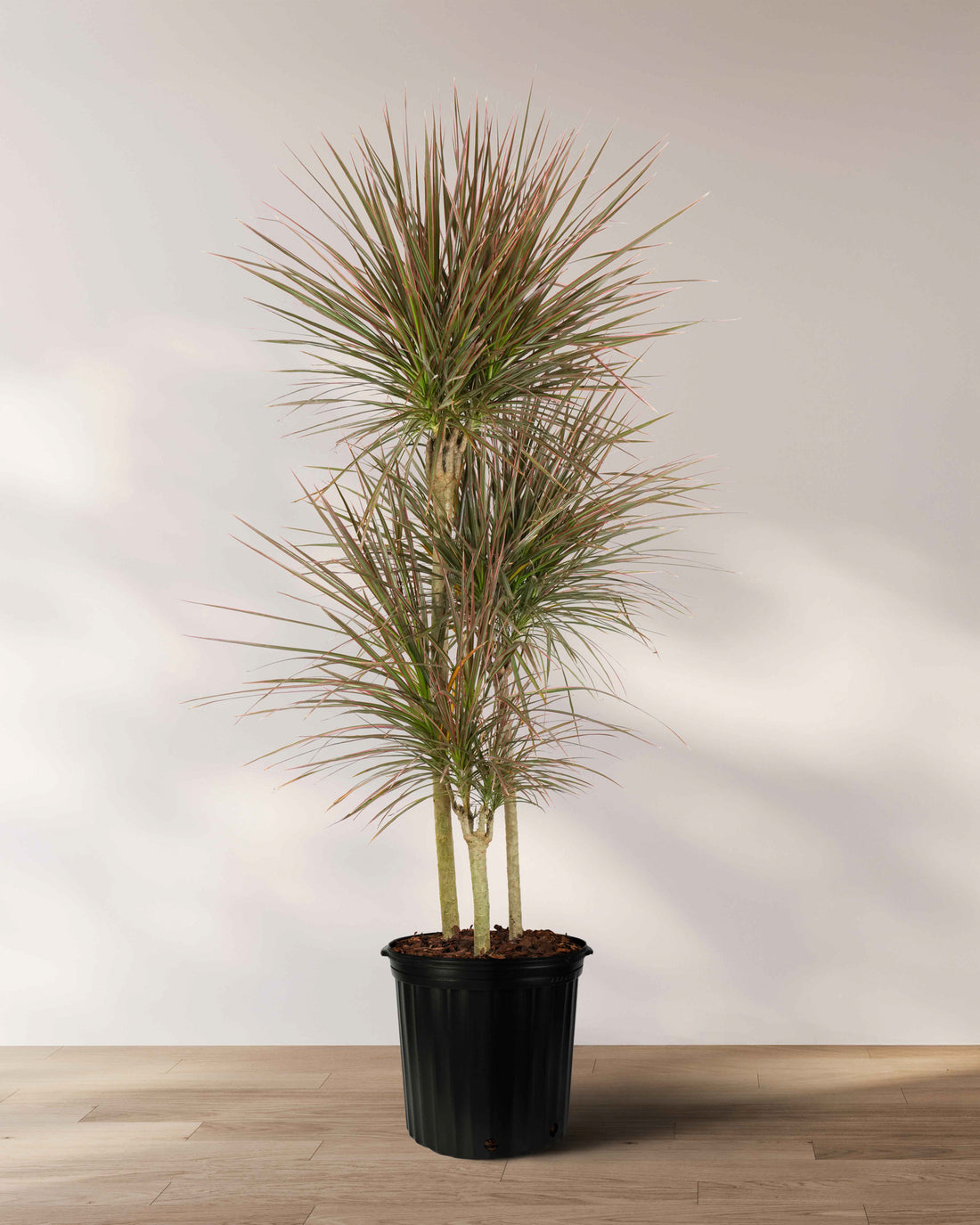
- Regular price
-
$29.00 $295.00 - Regular price
-
$29.00 - Sale price
-
$29.00 $295.00
Quick view
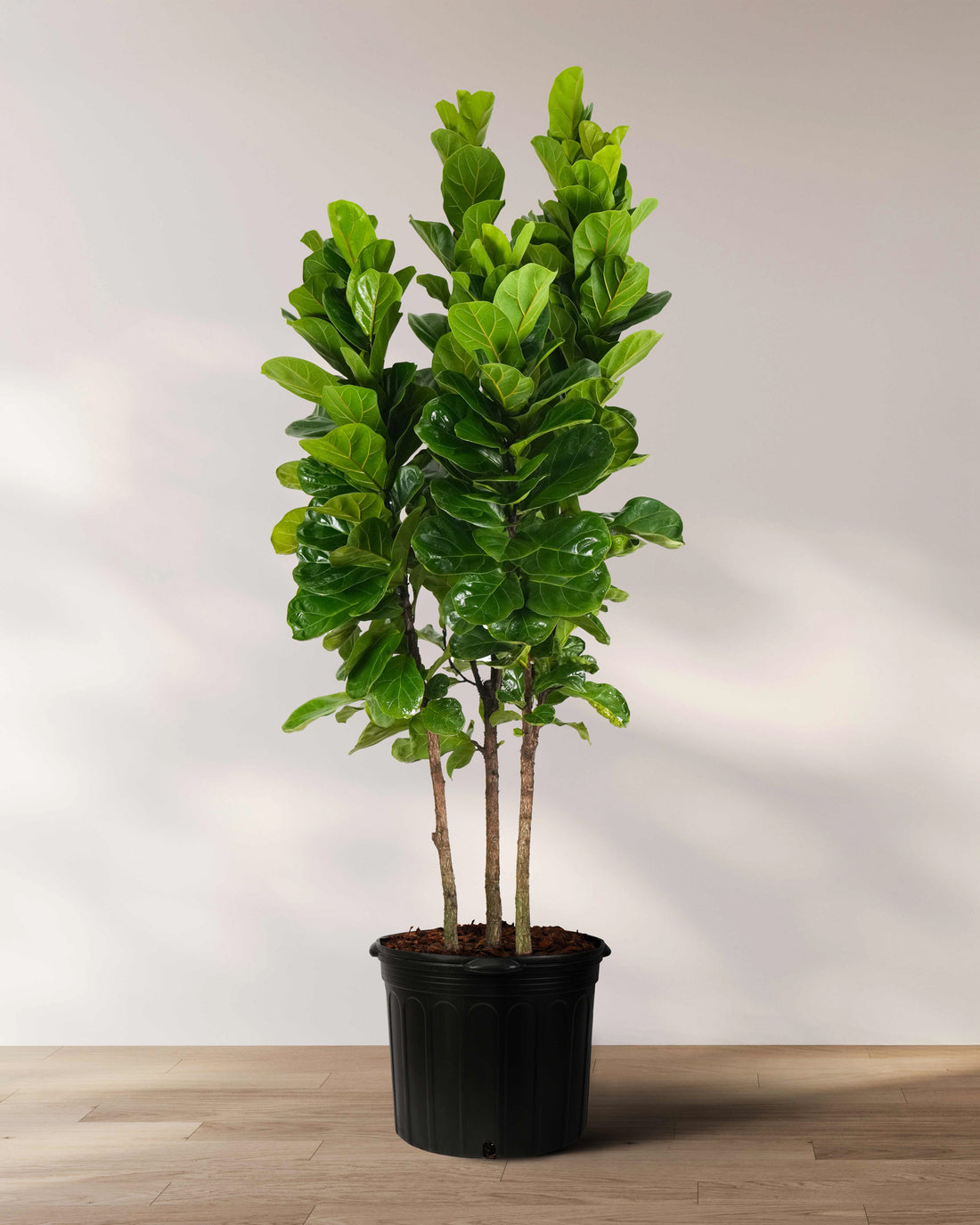
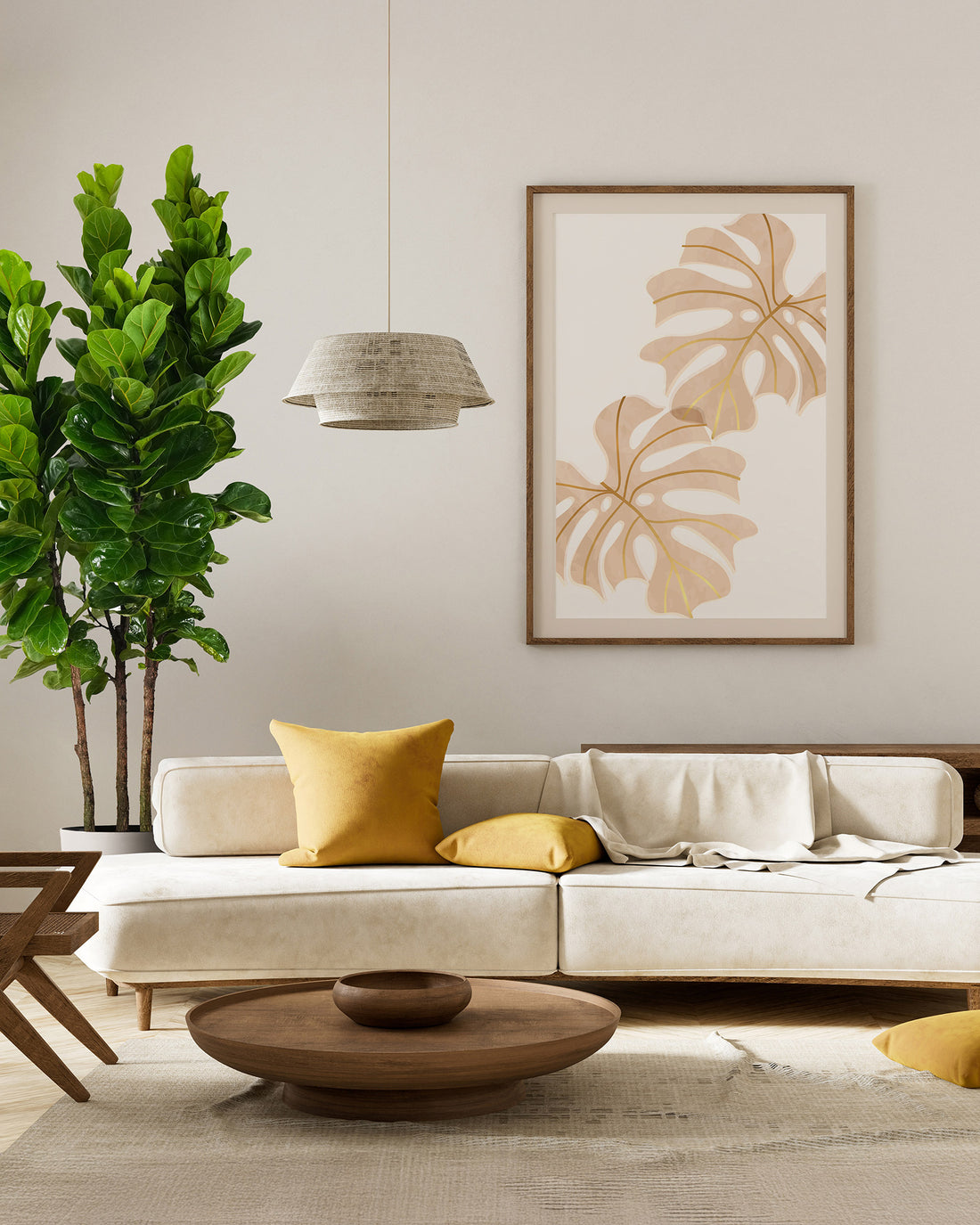
- Regular price
-
From
$34.99 - Regular price
-
$39.97 - Sale price
-
From
$34.99
Quick view


- Regular price
-
From
$49.95 - Regular price
-
$59.95 - Sale price
-
From
$49.95
Quick view


- Regular price
-
From
$165.00 - Regular price
-
$195.00 - Sale price
-
From
$165.00
Quick view


- Regular price
-
From
$129.95 - Regular price
-
$169.00 - Sale price
-
From
$129.95
Quick view
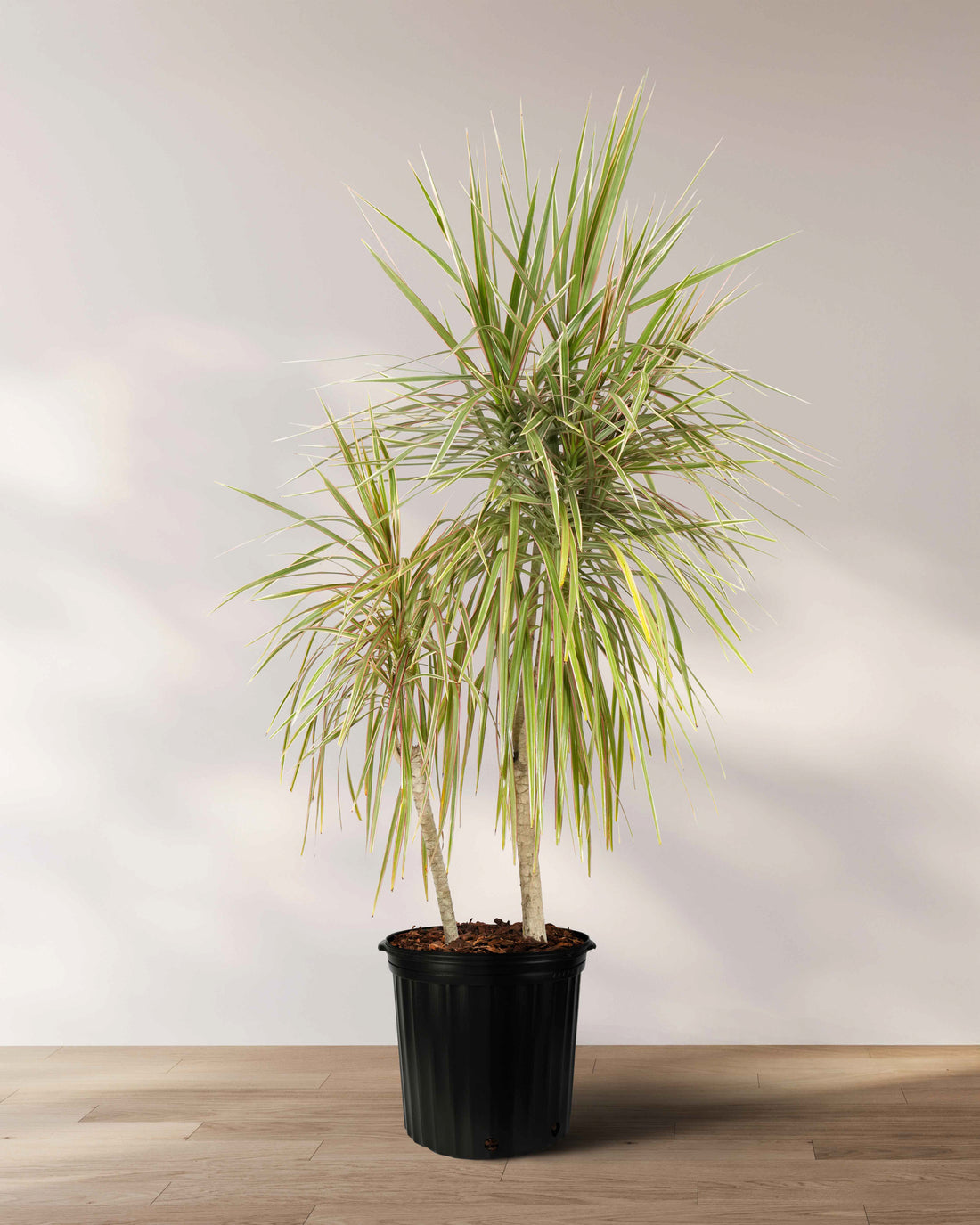

- Regular price
-
From
$29.97 - Regular price
-
$32.97 - Sale price
-
From
$29.97
Quick view
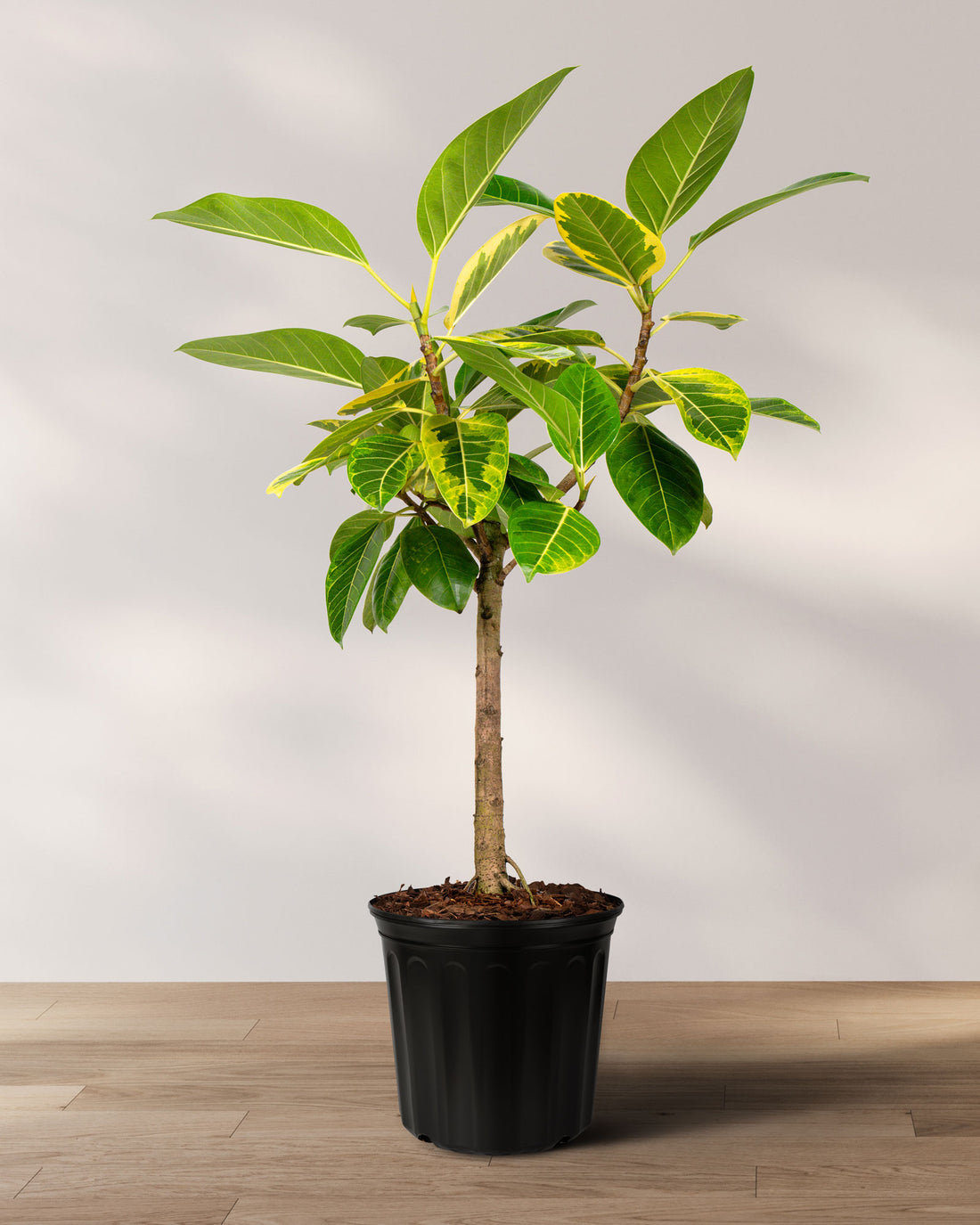
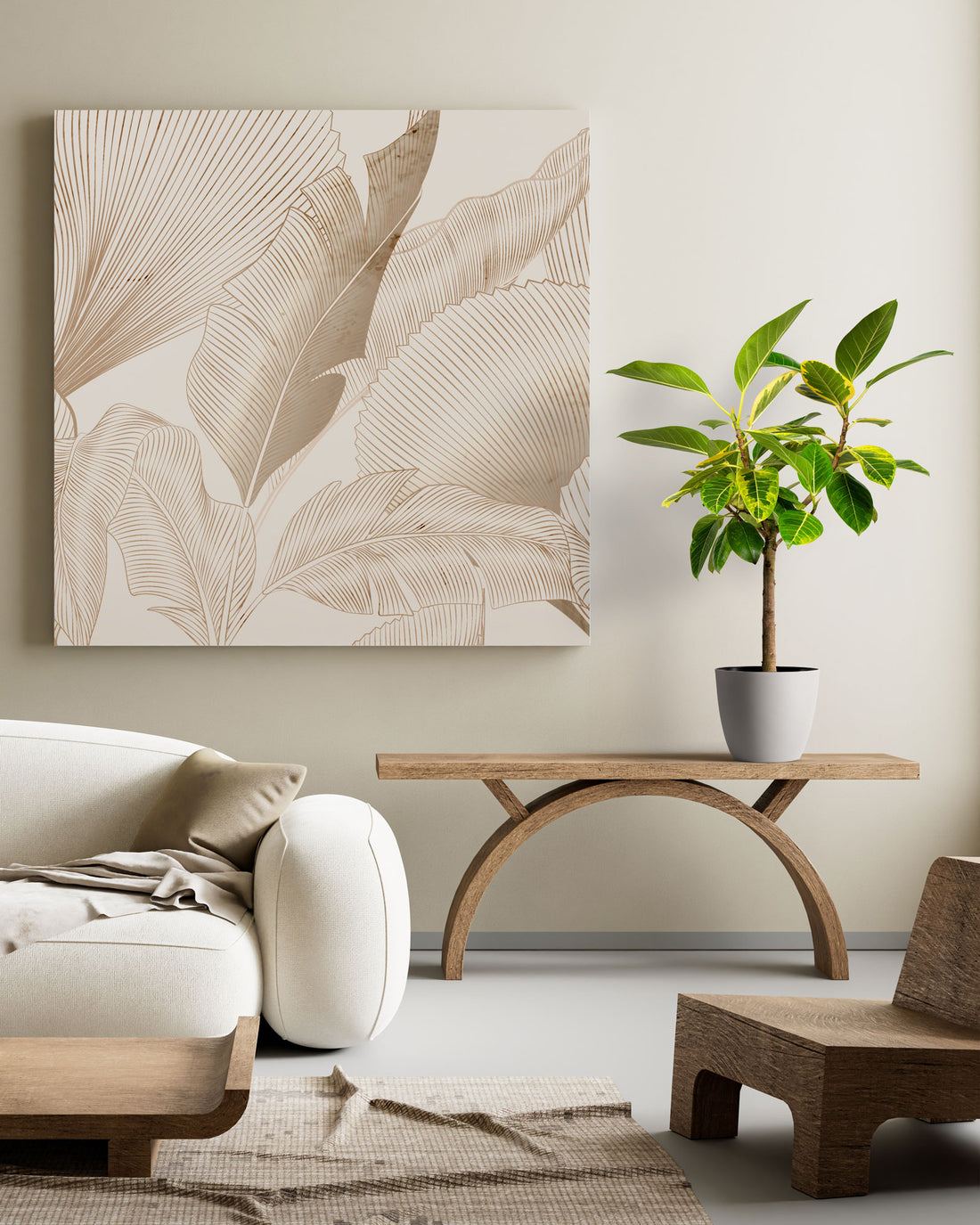
- Regular price
-
$39.99 $495.95 - Regular price
-
$39.97 - Sale price
-
$39.99 $495.95
Quick view
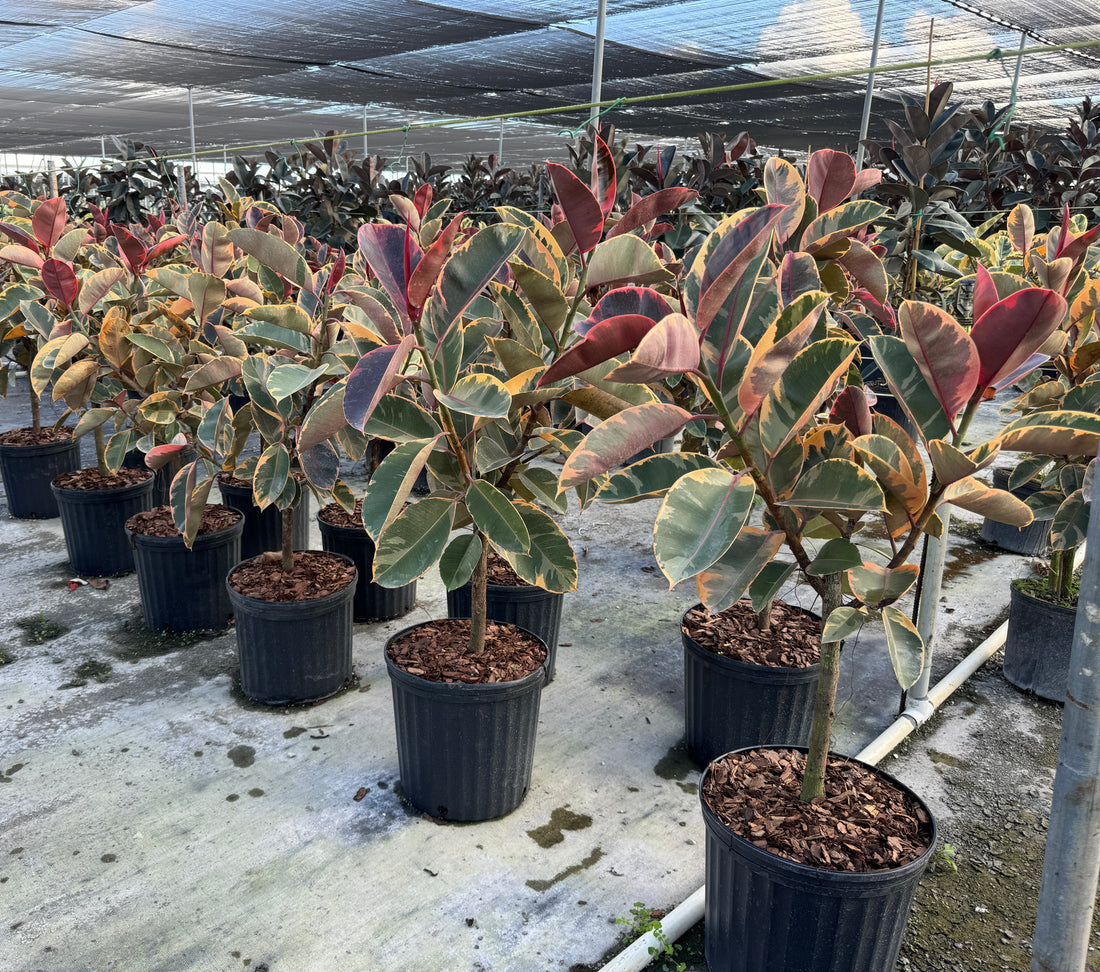

- Regular price
-
From
$99.95 - Regular price
-
$129.95 - Sale price
-
From
$99.95
Quick view
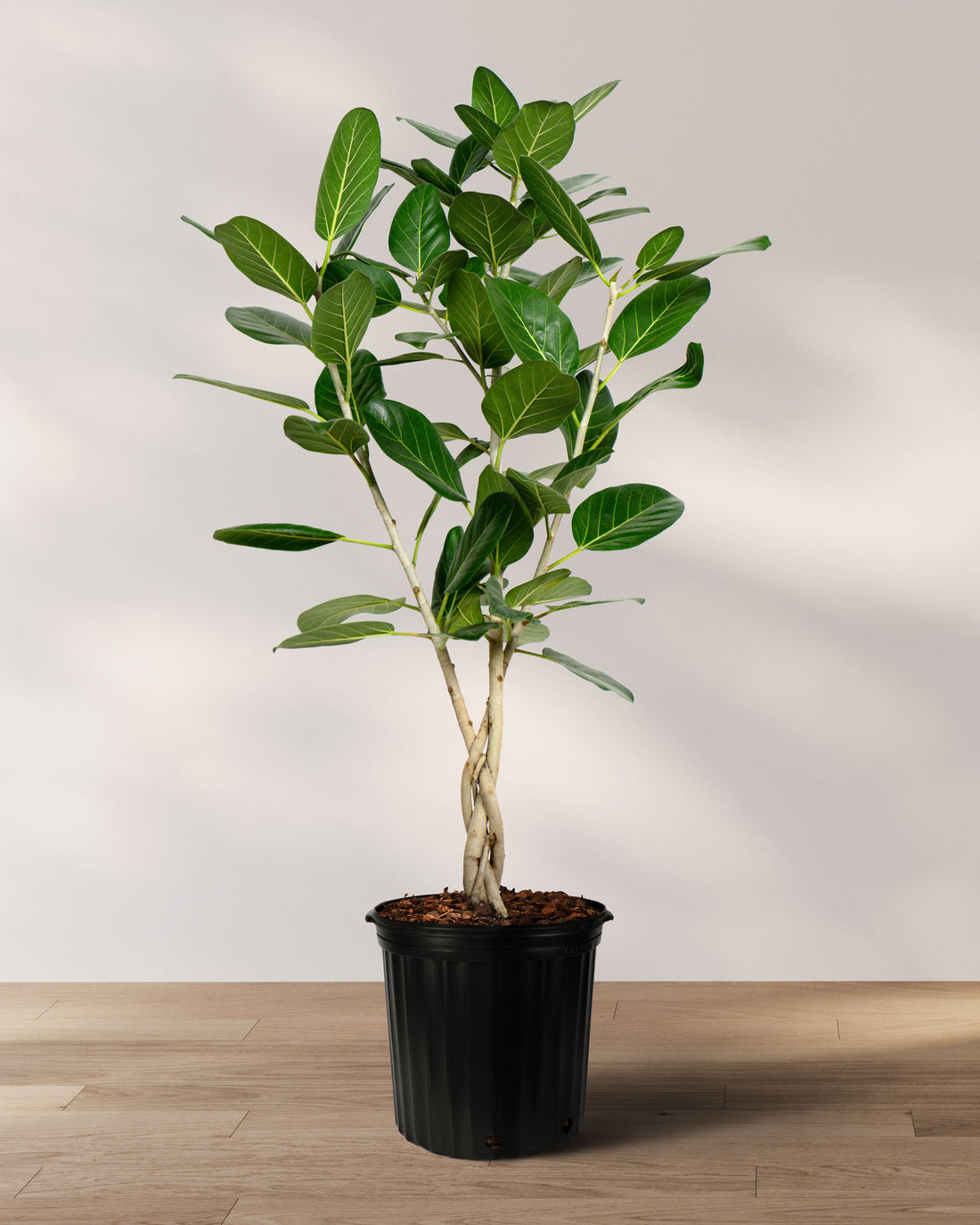
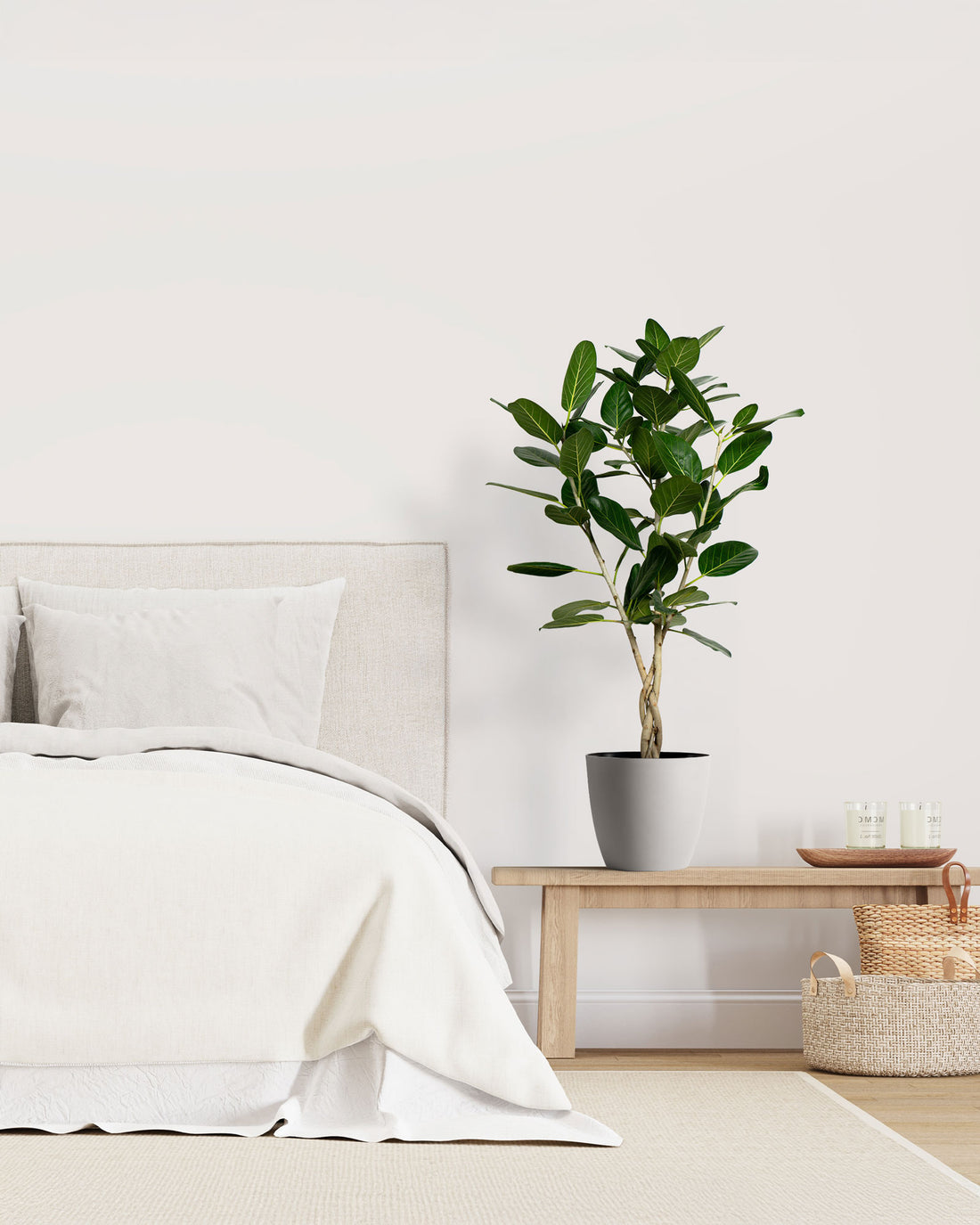
- Regular price
-
From
$129.95 - Regular price
-
$179.95 - Sale price
-
From
$129.95
Quick view
Bring the Tropics indoors, Add a touch of elegance to your houseplant collection, Easy to Grow House Plant.
The Cat Palm (Chamaedorea cataractarum) is also called a Cascade Palm or Cataract Palms, Cat Palms is a clustering palm, is made up a several individual palms, Cat Palms can make any sun lit room feel like a tropical haven. Cat Palm is also known for its dense green fronds, this slow growing easy care palm enjoys bright spaces and moderate watering to maintain soil moist. The Cat Palm makes an excellent indoor plant but also does well outdoors snugged alongside a sun drenched patio or nearby water feature for a lush tropical feel.
SATISFACTION GUARANTEE - Buy with confidence, all of our plants are Backed by our 30 days Satisfaction Guarantee.
Care & Maintainance
Care Guide
HOW TO CARE FOR CAT PALM - Below see details on how to keep your new arrival healthy, happy and beautiful. If you’re a fan of indoor plants the Cat Palm one is great addition to any collection, is simple and easy to care for, thrives in neglect, like many other palm varieties such as Areca Palm, Lady Palm, Date Palm, Majesty Palm or Chinese Fan Palm. If you’re looking to expand your indoor tree collection consider a Palm, anyone of this tree will add a touch of grace and elegance to your home.
WATER MANAGEMENT FOR CAT PALM - Cat Palm do enjoy frequent watering, plants purchased for indoors use can be watered less frequent, however frequency of watering will depend on the size of the plant, humidity levels and rate of growth. One of the most common mistakes in the care of indoor plants is overwatering, indoor plants are far more tolerant to underwatering than overwatering, Improper watering can result in fungal issues and root rot. It is recommended to monitor your houseplants and water them when they need it, rather than on a schedule. When watering plants the objective is to maintain the soil moist but never soggy, a moisture meter is a great tool to utilize to reduce the guesswork, We recommend to sample the top soil an inch deep every 3-4 days, if you notice is still moist hold off on watering until it dries further, since most plants water needs may be different this is a good way to determine each individual plant water requirements.
Water Recommendations base on pot size, we suggest to utilize a soil probe initially to determine humidity levels and when to water.
6 inch Pot plants, every 5-7 Days, 10-12 inch Pot plants, every 7-12 days
LIGHTING INSTRUCTIONS - Cat Palm enjoy bright indirect light, they can adapt to lower lighting conditions, however if bright light is available it is optimal and will encourage a higher rate of growth. If outdoors it should remain in shaded areas, direct sun exposure will scorch its delicate leaves. You can place the Cat Palm near a window where the plant can receive the brightest available light, east, south, and west facing windows are the best options, we recommend to rotate the plant occasionally, this will allow the plant to receive bright light from different angles, it can minimize leaf drops from within the canopy and allow the plant to maintain even healthy growth all year round.
HUMIDITY - Regular Misting is recommended, Many of our houseplants come from the tropics, where humidity is very high, generally the air in our homes is dry, occasional misting houseplants is a very simple and effective way to boost humidity, an easy solution to the risk of overwatering your plants. Cat Palm is not very demanding when it comes to humidity, it can withstand lower levels of humidity longer than most tropical plants. Always pay attention to the color and texture of the leaves on your plant. Generally Plants with brown or dry leaf tips will benefit from regular misting to keep the plant happy and thriving, preferably in the mornings to allow the foliage to completely dry out during the day.
PLACEMENT AND TEMPERATURE - Selecting the right location for your plant indoors or outdoors is very important, micro climates can affect the health of the plant, make sure the plant does not receive air draft from near by AC/Heating vents, or warm air if close to a freezer, the foliage will dehydrate faster than it can hydrate from moisture in the air or in the soil, eventually turning brown and dropping, when plants are properly watered and care for and still display signs of wilting or seem sad it may help to relocate the plant to a different area for brighter indirect light. Please note most tropical plants are from the tropics, proper moisture is required for their health and survival, we highly recommend to bring your tropical plants indoors when temperatures are expected below 45s during winter months or above 90 during summer months, extreme weather can severely damage the plant.
FERTILIZING – No need to fertilize right away, We fertilize our plants during the production phase with slow release fertilizer which can last an additional 2-3 months supplying residual nutrients to the plant. Once you do decide to fertilize You may use a fertilizer formulated for interior plants, preferably a slow release fertilizer 180 days duration, fertilize during spring or fall base on label instructions.
CLEANING, REGULAR MAINTENANCE - Cat Palm tree leaves are large elongated stemming from individual fronds, exercise care when cleaning since leaves are very tender. Simply add a few drops of dish soil to a cup of water, wet a soft cloth and manually wipe off dust off the leaves, is a simple solution that is inexpensive and works well without damaging the plant.
INSECTS OR DESEASES - Here’s another plus, Cat Palm is not regularly affected by pests, however in the event that scale, mealy bugs, or mites are found to affect the plant, they can be controlled by applying horticultural neem oil that can be sprayed directly onto the insects, A second and third treatment, when using oils, will be necessary. Space out the sprays at 2 weeks intervals to break up the mealybug life cycle.
Why buy from Eureka Farms
- We offer exceptional service and attention to quality.
- We grow and care for our plants, from beginning to end.
- We carefully inspect and hand select the highest quality available plant for your enjoyment.
- We promise to ship plants that are healthy and beautiful.
- We carefully wrap and secure the plant for a save journey to you.
Warranty Policy
Backed by our 30 days Satisfaction Guarantee
We hope that you enjoy your new plants! We grow and care for our plants from cuttings, seeds or liners, we hand select the best quality available before shipping to your home or office. Please do not hesitate to contact us with any questions or concerns. Our friendly customer service team is here to help.
FAQs
Is it safe to ship plants by mail?
We Believe it is, let us prove it, our success rate of shipping plant(s) online is well over 99%.
How do you measure height for indoor plants?
For indoor plants we measure approximate height from the bottom of the pot to the top of the plant.
Are plant(s) purchased online guarantee?
All plants are guarantee for a period of 30 days, We offer a Satisfaction Guarantee Policy.
Can I order during winter months?
Yes you can, however most Tropical plants are sensitive to extreme cold conditions, once cold temperatures are expected to fall below freezing it will not be safe to ship life plants, we carefully manage shipping decisions during winter months and determine when is safe to ship, please be advise we may need to hold orders until conditions are appropriate to safely ship the plants.
| Grow Zones: | 9-10 |
|---|---|
| Growth Rate: | Fast |
| Mature Height: | 10-15 ft. |
| Mature Width: | 4-6 ft. |
| Light: | Indoors Bright Indirect, Outdoors Full Sun |
| Water: | Regularly |
| Foliage: | Elongated Feathery Green Leaves |
| Uses: | Interior Foliage, Accent Plant, Complements other plants |
| Characteristics: | Arching Tropical Fronds |
| Soil Conditions: | Prefers well drain organic mixes |
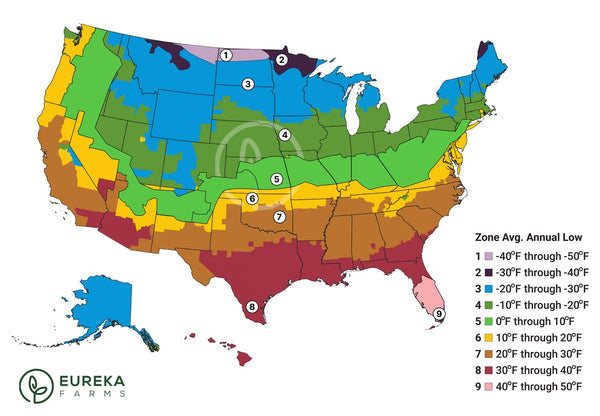

Exquisite Variety
EXCEPTIONAL QUALITY
FAST & FREE SHIPPING
Gold-Level Guarantee
BESTSELLERS.
Fall Favorites Sale
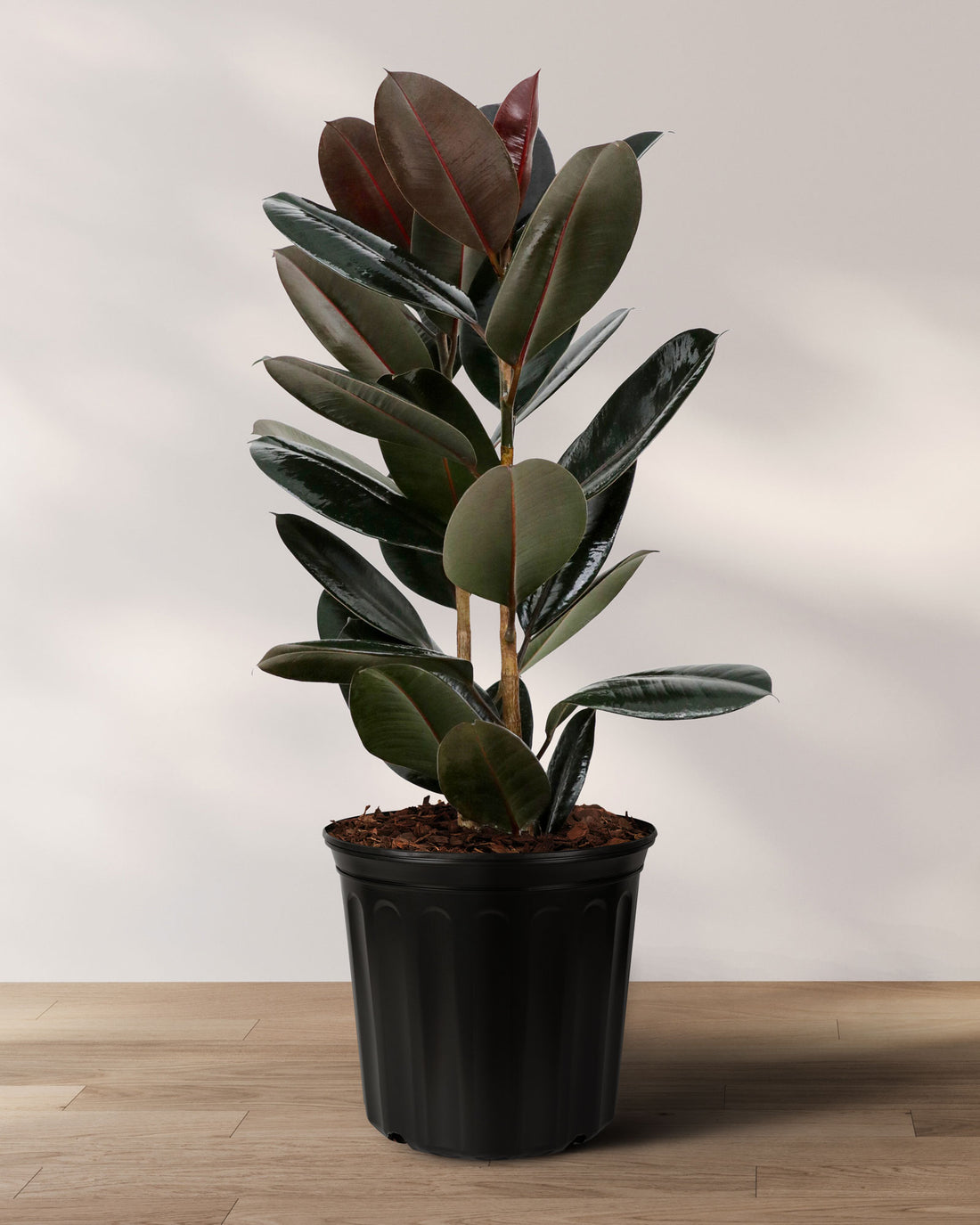

- Regular price
-
From
$29.99 - Regular price
-
$36.97 - Sale price
-
From
$29.99
Quick view
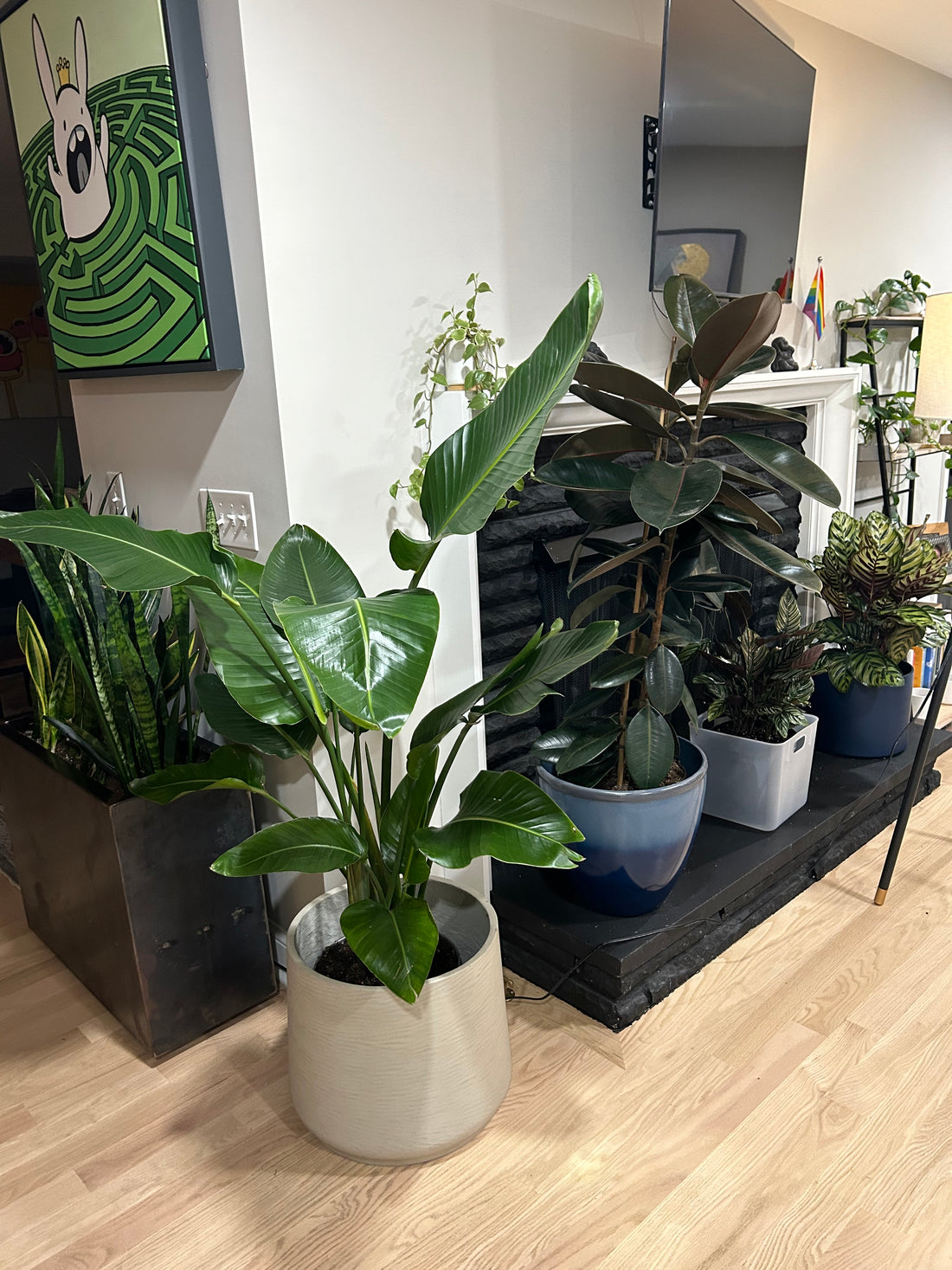
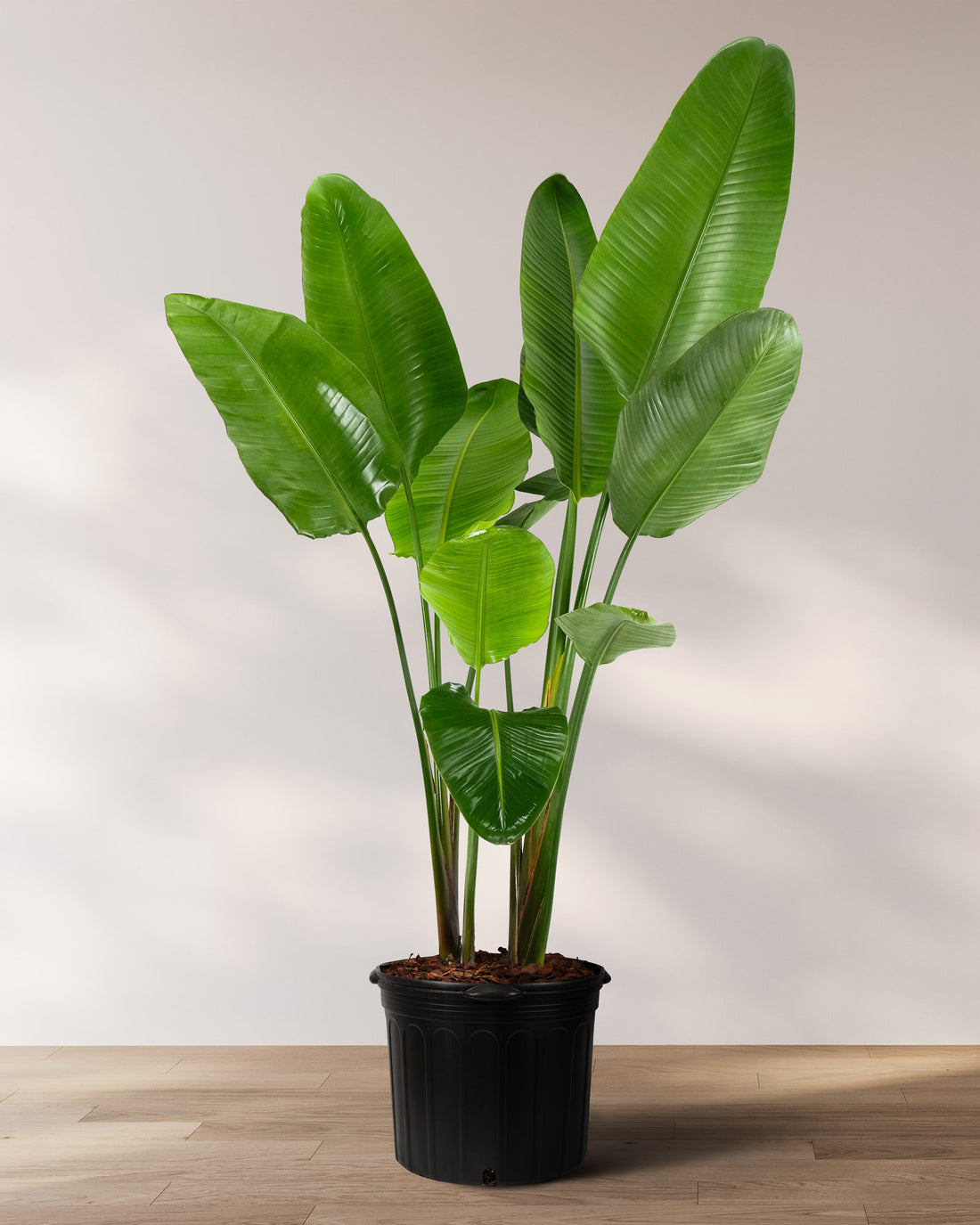
- Regular price
-
From
$34.99 - Regular price
-
$39.99 - Sale price
-
From
$34.99
Quick view

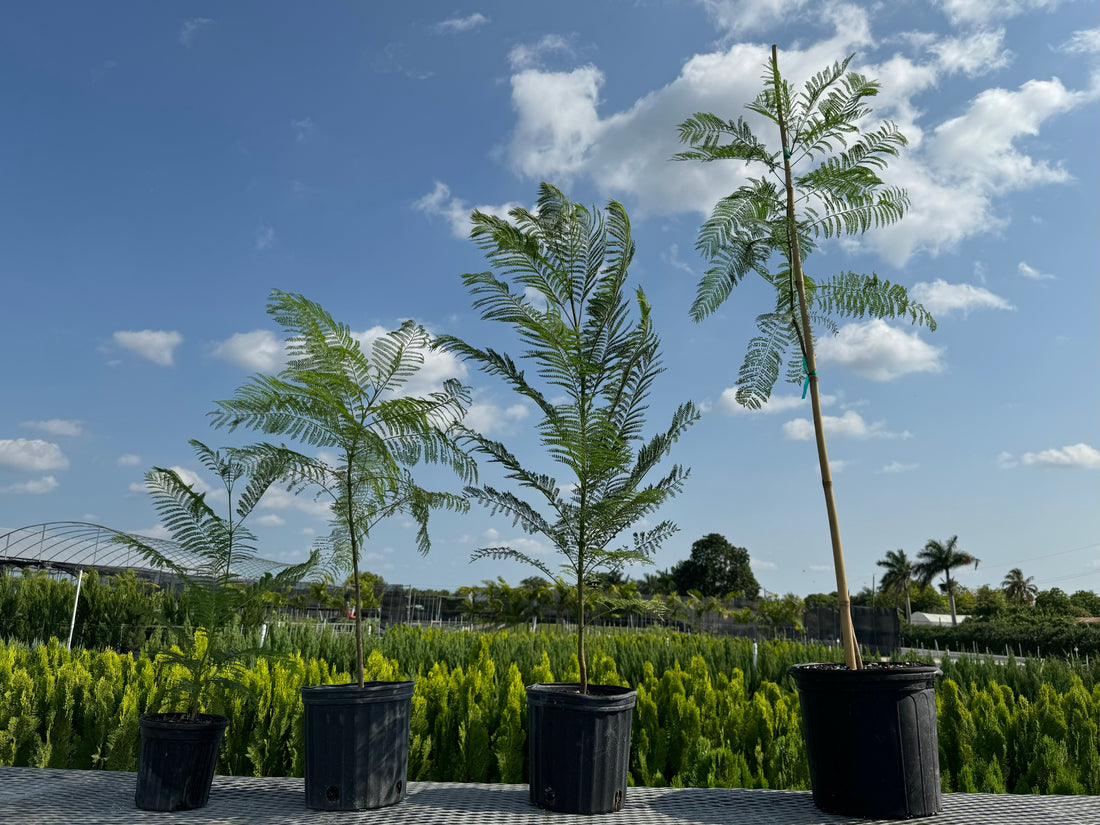
- Regular price
-
From
$39.00 - Regular price
-
$59.00 - Sale price
-
From
$39.00
Quick view

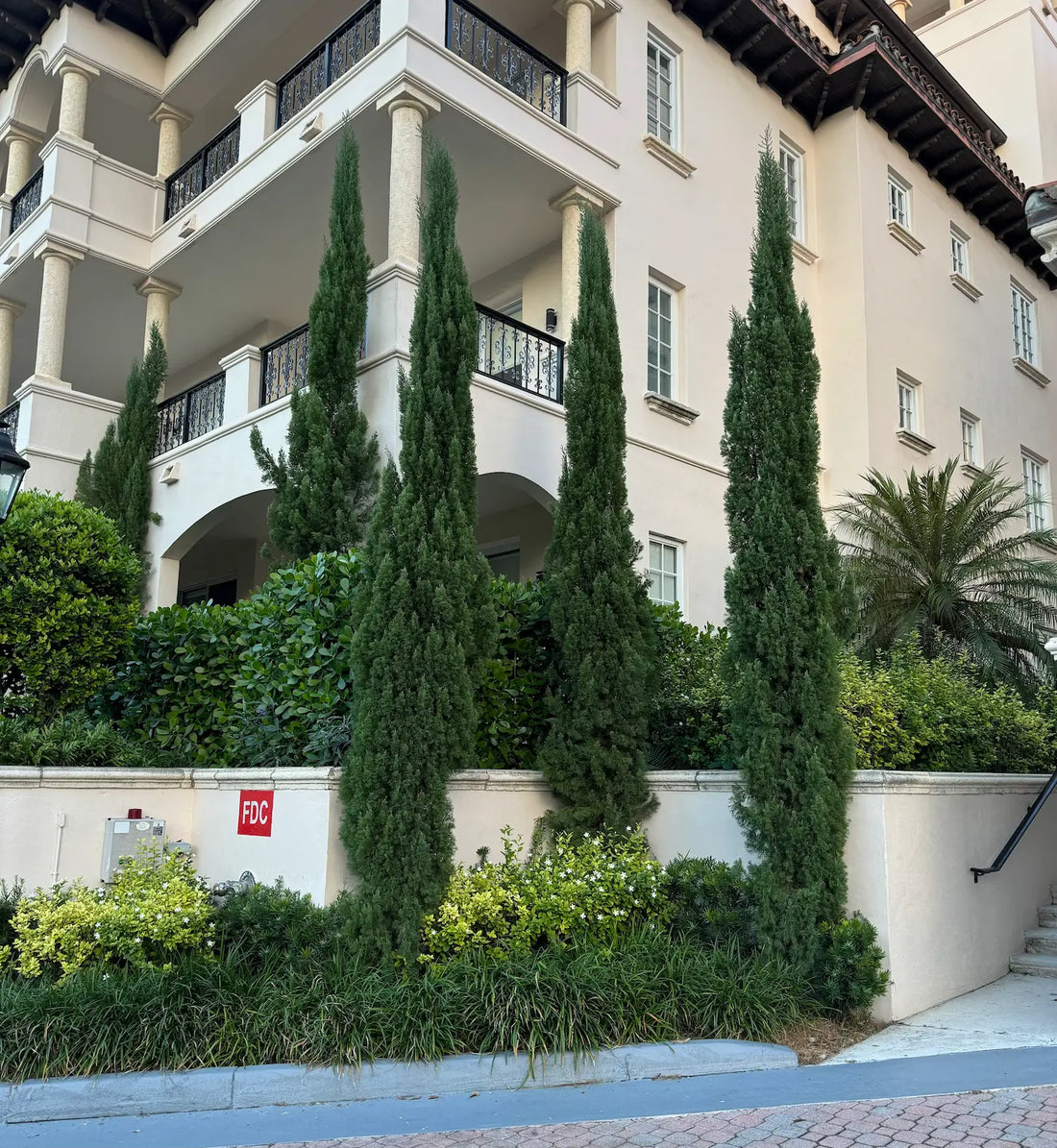
- Regular price
-
From
$19.99 - Regular price
-
$26.99 - Sale price
-
From
$19.99
Quick view
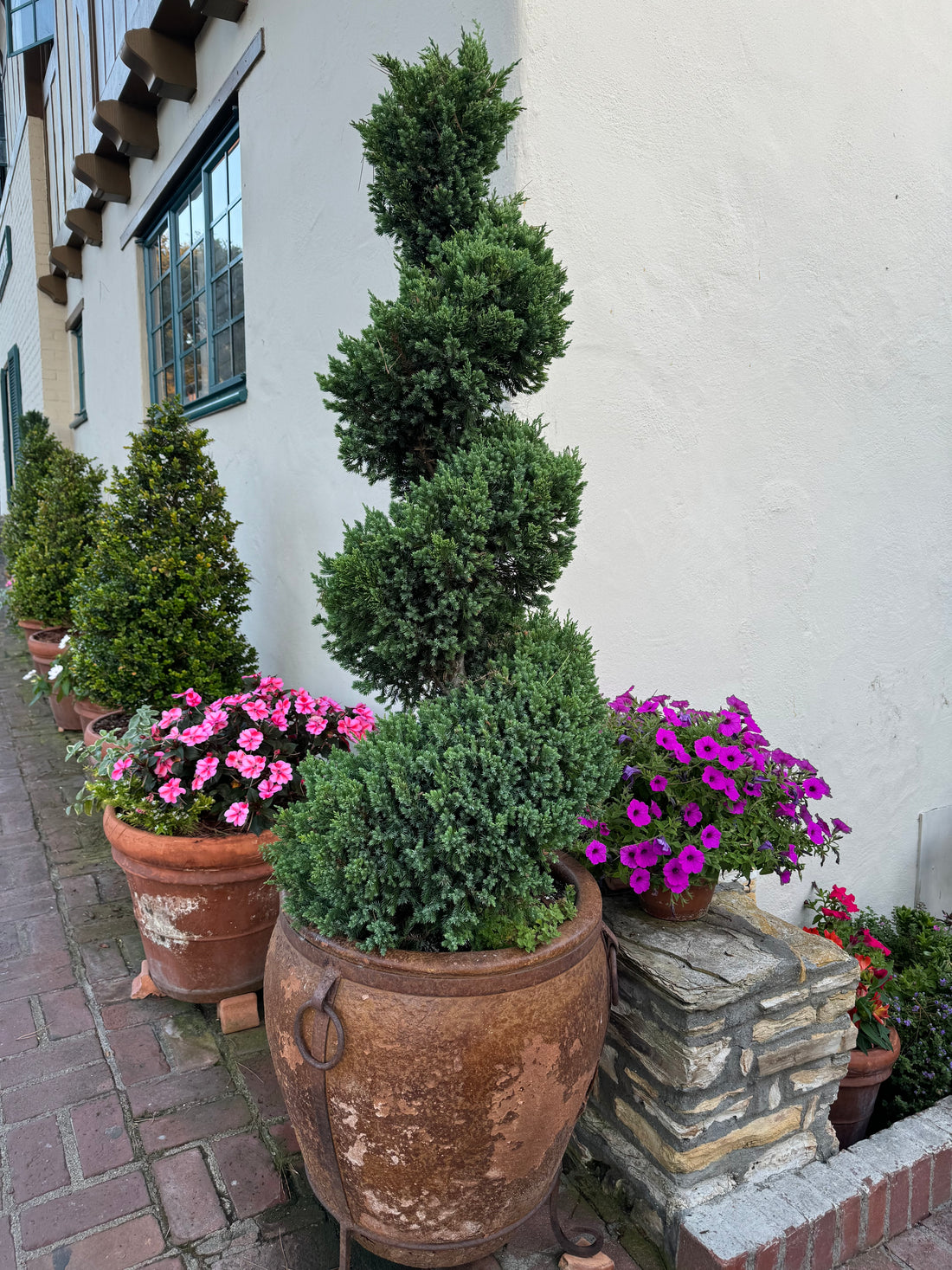
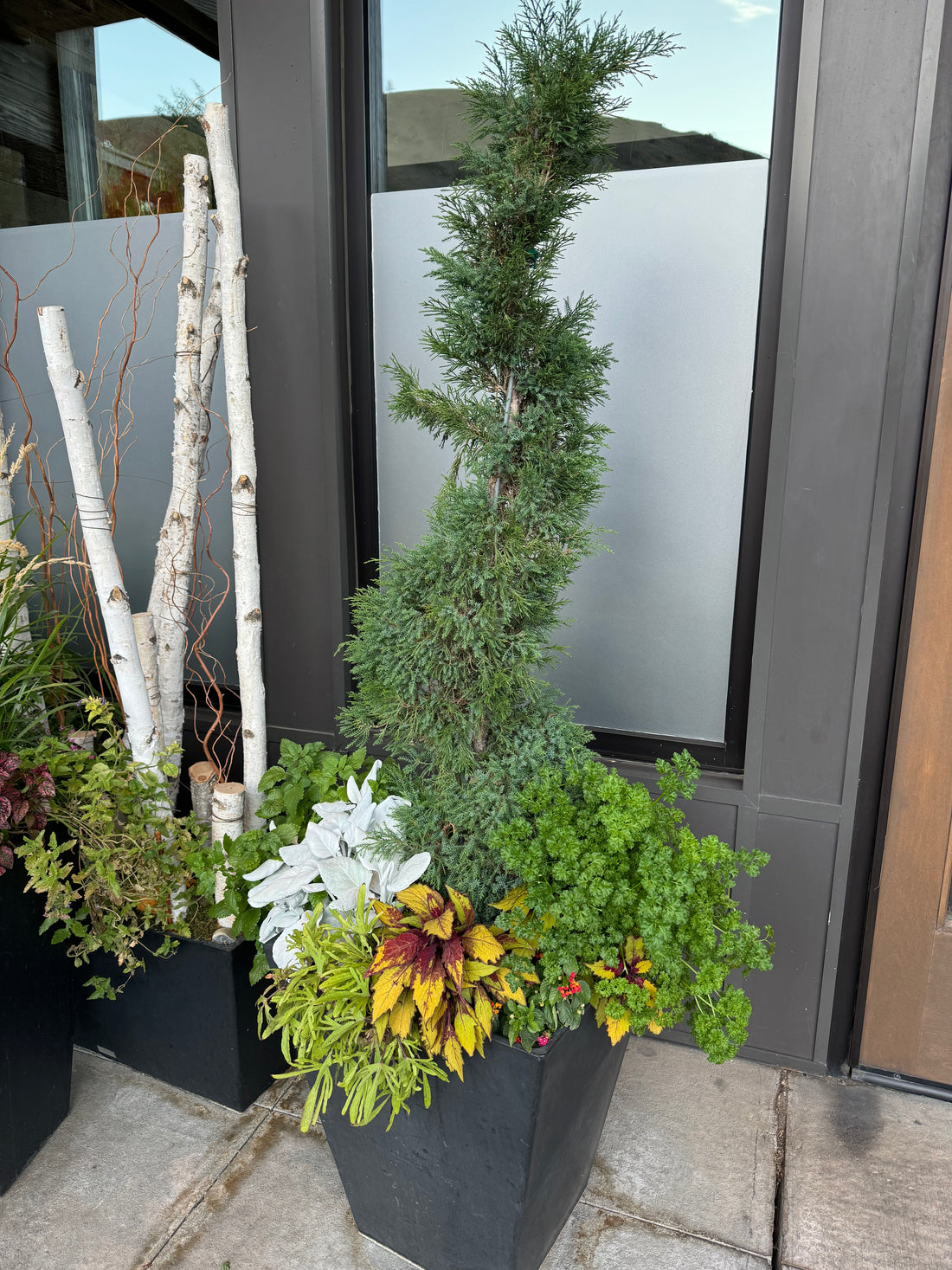
- Regular price
-
From
$119.00 - Regular price
-
$149.00 - Sale price
-
From
$119.00
Quick view
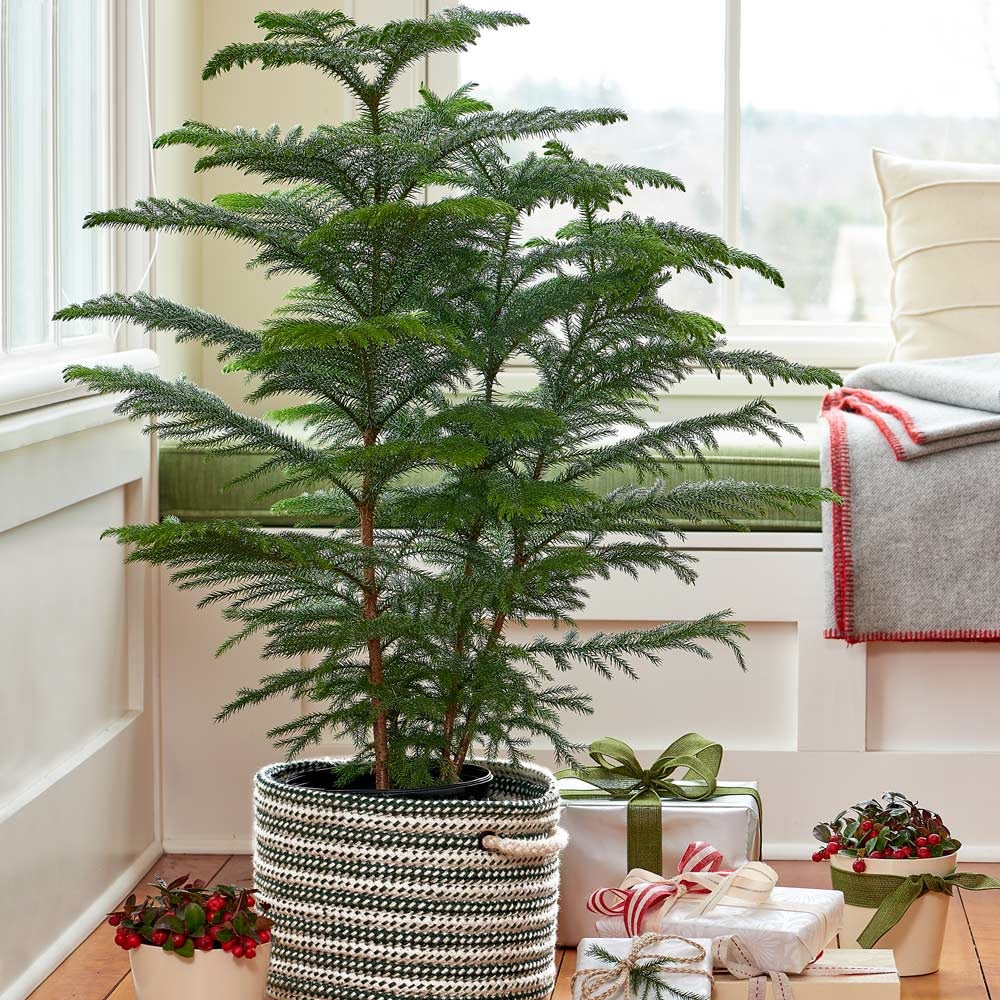
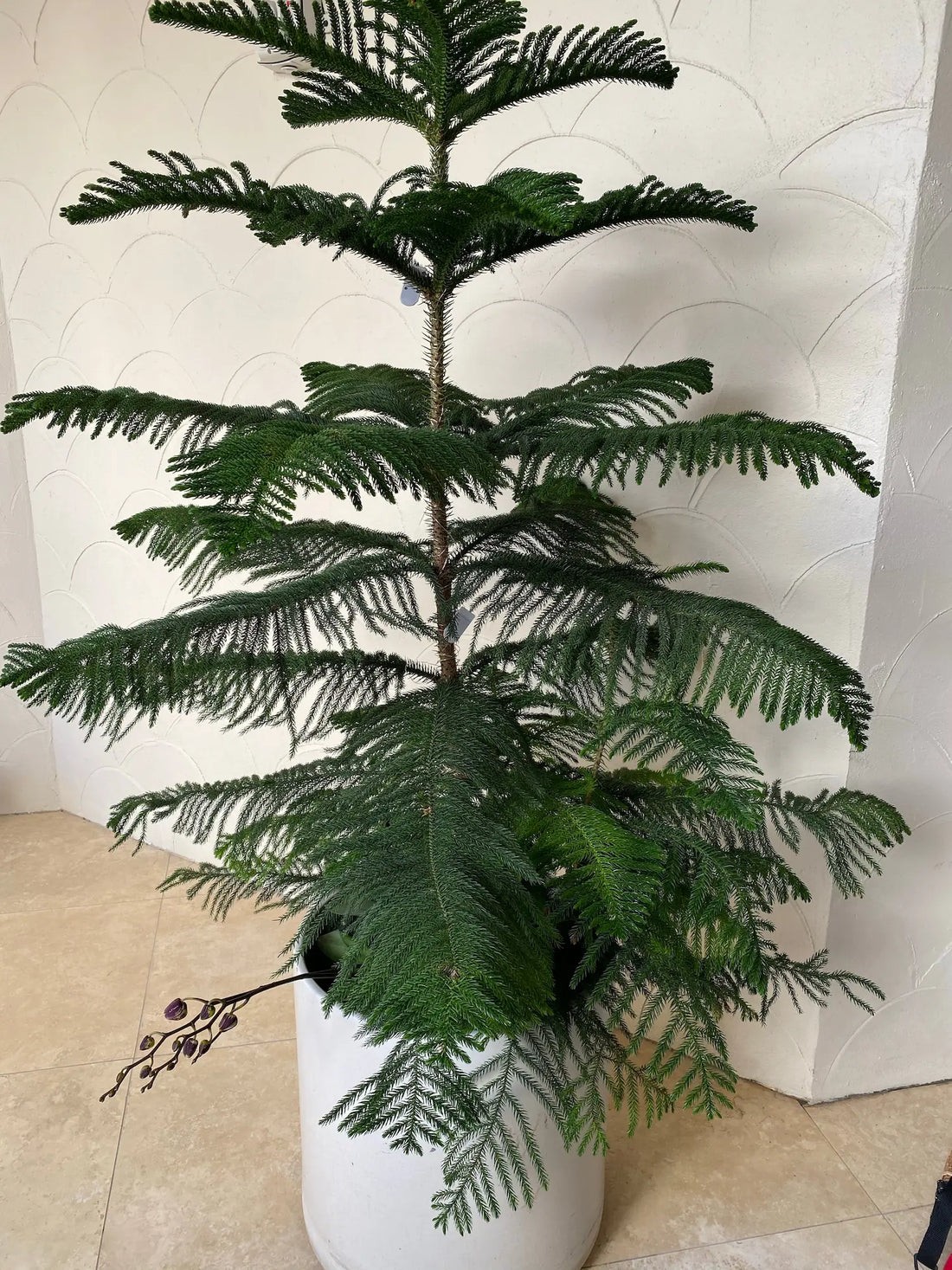
- Regular price
-
$39.99 $495.00 - Regular price
-
$39.99 - Sale price
-
$39.99 $495.00
Quick view

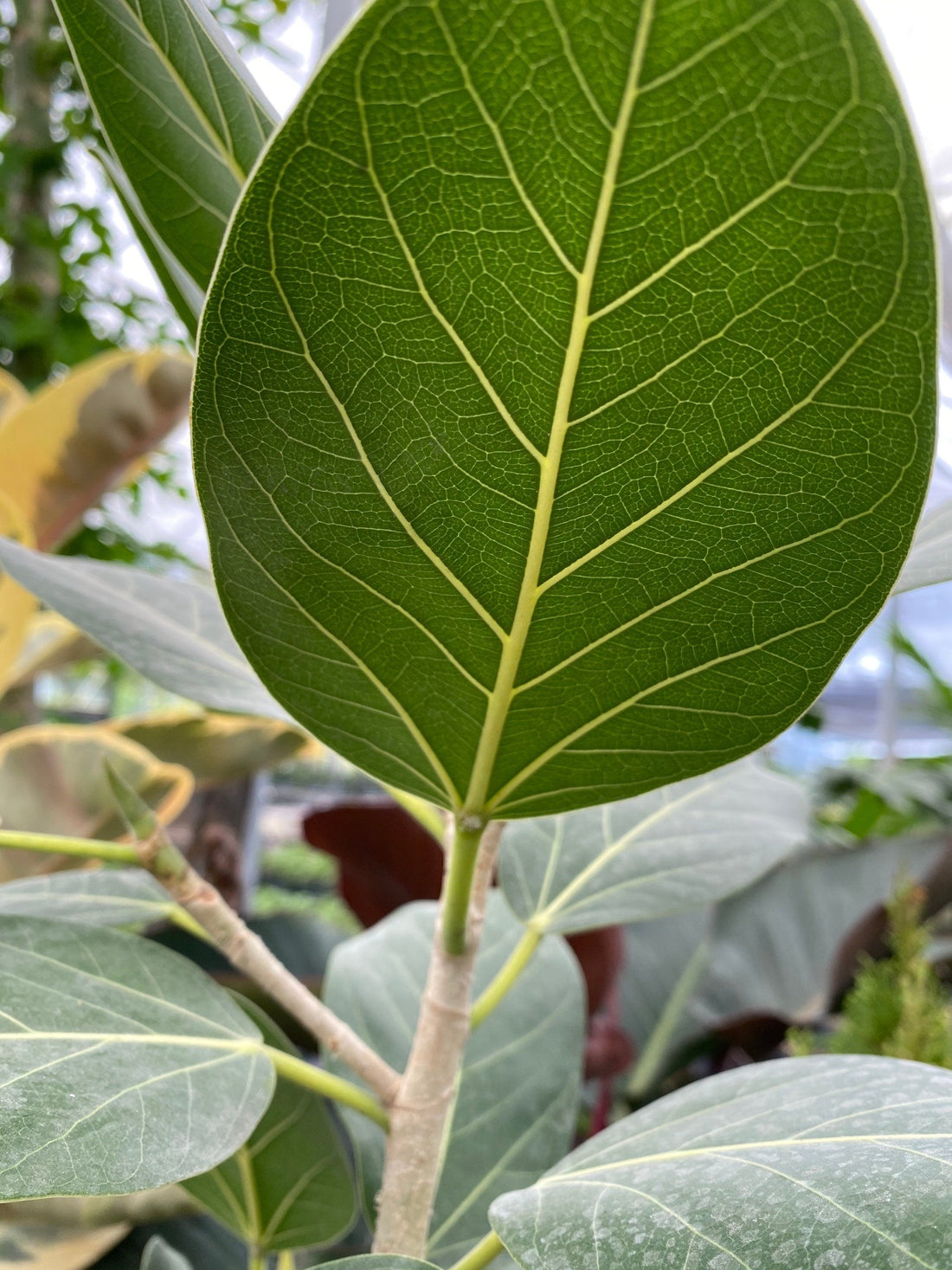
- Regular price
-
From
$39.99 - Regular price
-
$44.99 - Sale price
-
From
$39.99
Quick view
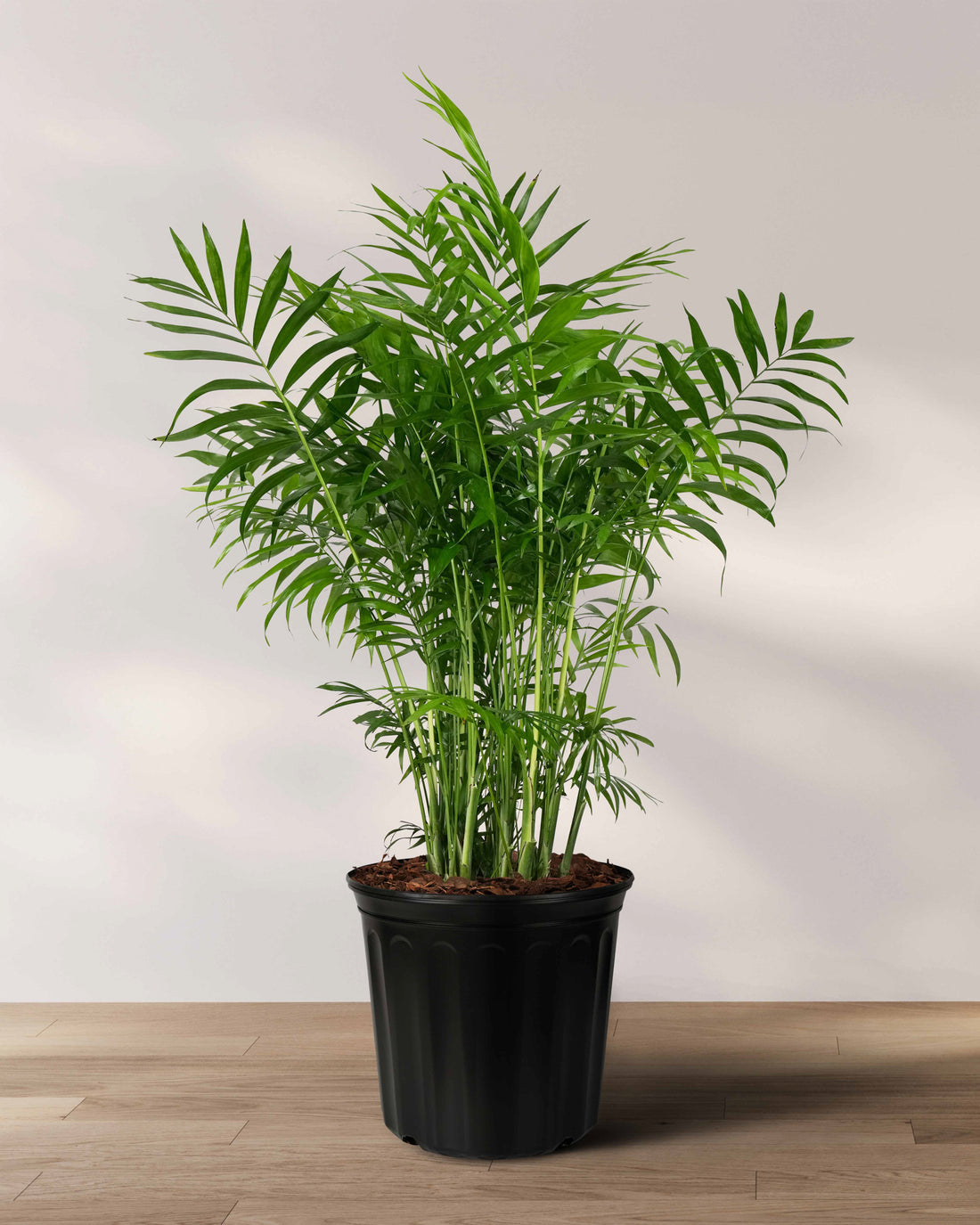
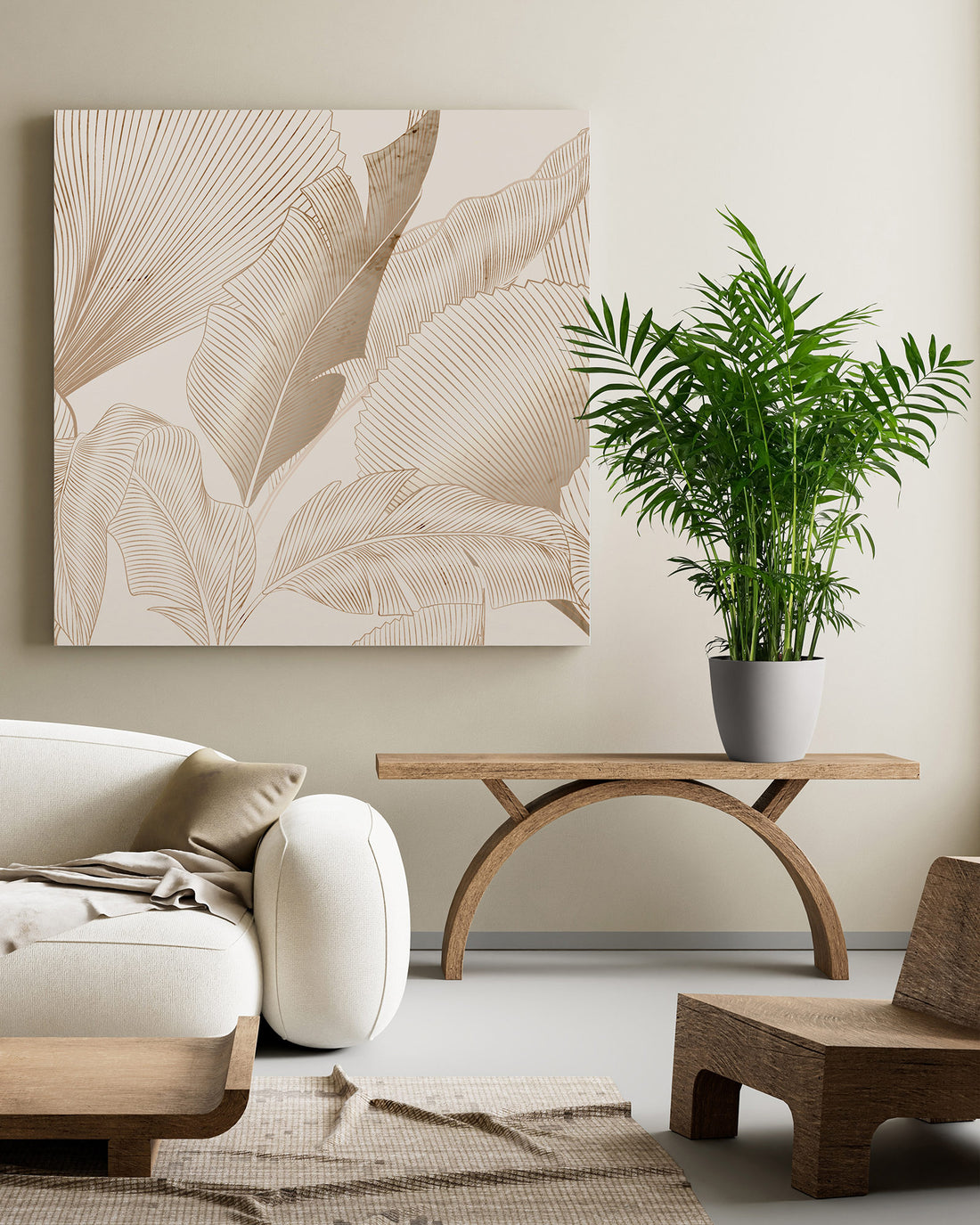
- Regular price
-
From
$14.99 - Regular price
-
$19.99 - Sale price
-
From
$14.99
Quick view
-
Ficus Burgundy Bush, Rubber Tree

 Ficus Burgundy Bush, Rubber Tree
Ficus Burgundy Bush, Rubber Tree- Regular price
-
From
$29.99 - Regular price
-
$36.97 - Sale price
-
From
$29.99
Add to Cart View product19% OffQuick view
-
Bird of Paradise White, Strelitzia Nicolai

 Bird of Paradise White, Strelitzia NicolaiHouse Plants
Bird of Paradise White, Strelitzia NicolaiHouse Plants- Regular price
-
From
$34.99 - Regular price
-
$39.99 - Sale price
-
From
$34.99
Add to Cart View product13% OffQuick view
-
Purple Jacaranda Mimosifolia Flowering Tree

 Purple Jacaranda Mimosifolia Flowering TreeFlowering Tree
Purple Jacaranda Mimosifolia Flowering TreeFlowering Tree- Regular price
-
From
$39.00 - Regular price
-
$59.00 - Sale price
-
From
$39.00
Add to Cart View product34% OffQuick view
-
Italian Cypress, Mediterranean Cypress

 Italian Cypress, Mediterranean CypressHouse Plants
Italian Cypress, Mediterranean CypressHouse Plants- Regular price
-
From
$19.99 - Regular price
-
$26.99 - Sale price
-
From
$19.99
Add to Cart View product26% OffQuick view
-
Topiary Spiral Blue Point Juniper

 Topiary Spiral Blue Point JuniperHouse Plants
Topiary Spiral Blue Point JuniperHouse Plants- Regular price
-
From
$119.00 - Regular price
-
$149.00 - Sale price
-
From
$119.00
Add to Cart View product21% OffQuick view
-
Norfolk Island pine Multi Stem, Christmas Tree

 Norfolk Island pine Multi Stem, Christmas TreeLandscape Trees
Norfolk Island pine Multi Stem, Christmas TreeLandscape Trees- Regular price
-
$39.99 $495.00 - Regular price
-
$39.99 - Sale price
-
$39.99 $495.00
Add to Cart View productQuick view
-
Ficus Audrey Bush Form, Ficus Benghalensisis Bengal Fig

 Ficus Audrey Bush Form, Ficus Benghalensisis Bengal FigHouse Plants
Ficus Audrey Bush Form, Ficus Benghalensisis Bengal FigHouse Plants- Regular price
-
From
$39.99 - Regular price
-
$44.99 - Sale price
-
From
$39.99
Add to Cart View product12% OffQuick view
-
Palm Parlor Neanthe Bella Palm, Live Plant Indoor Air Purifier

 Palm Parlor Neanthe Bella Palm, Live Plant Indoor Air PurifierHouse Plants
Palm Parlor Neanthe Bella Palm, Live Plant Indoor Air PurifierHouse Plants- Regular price
-
From
$14.99 - Regular price
-
$19.99 - Sale price
-
From
$14.99
Add to Cart View product26% OffQuick view


